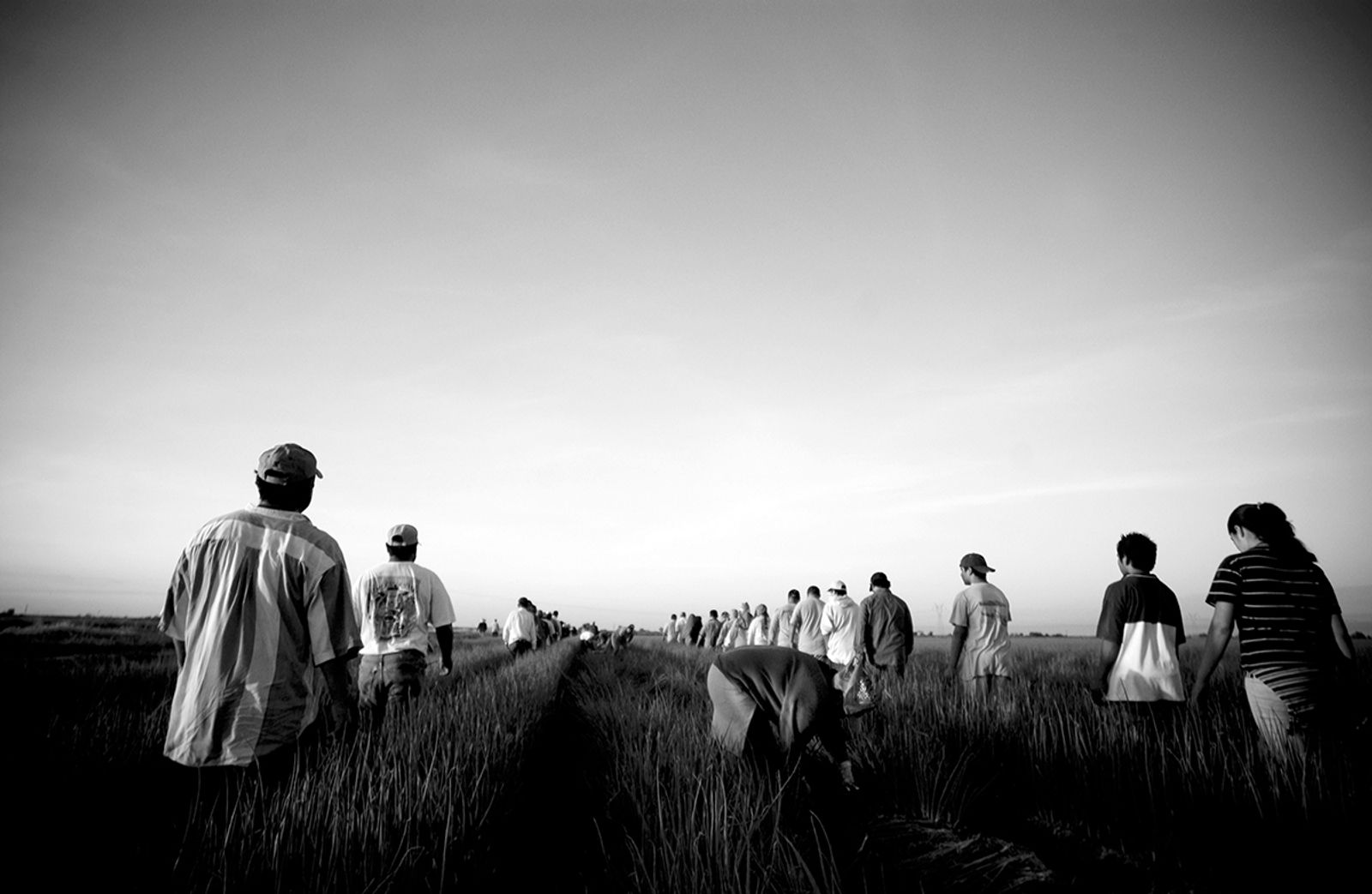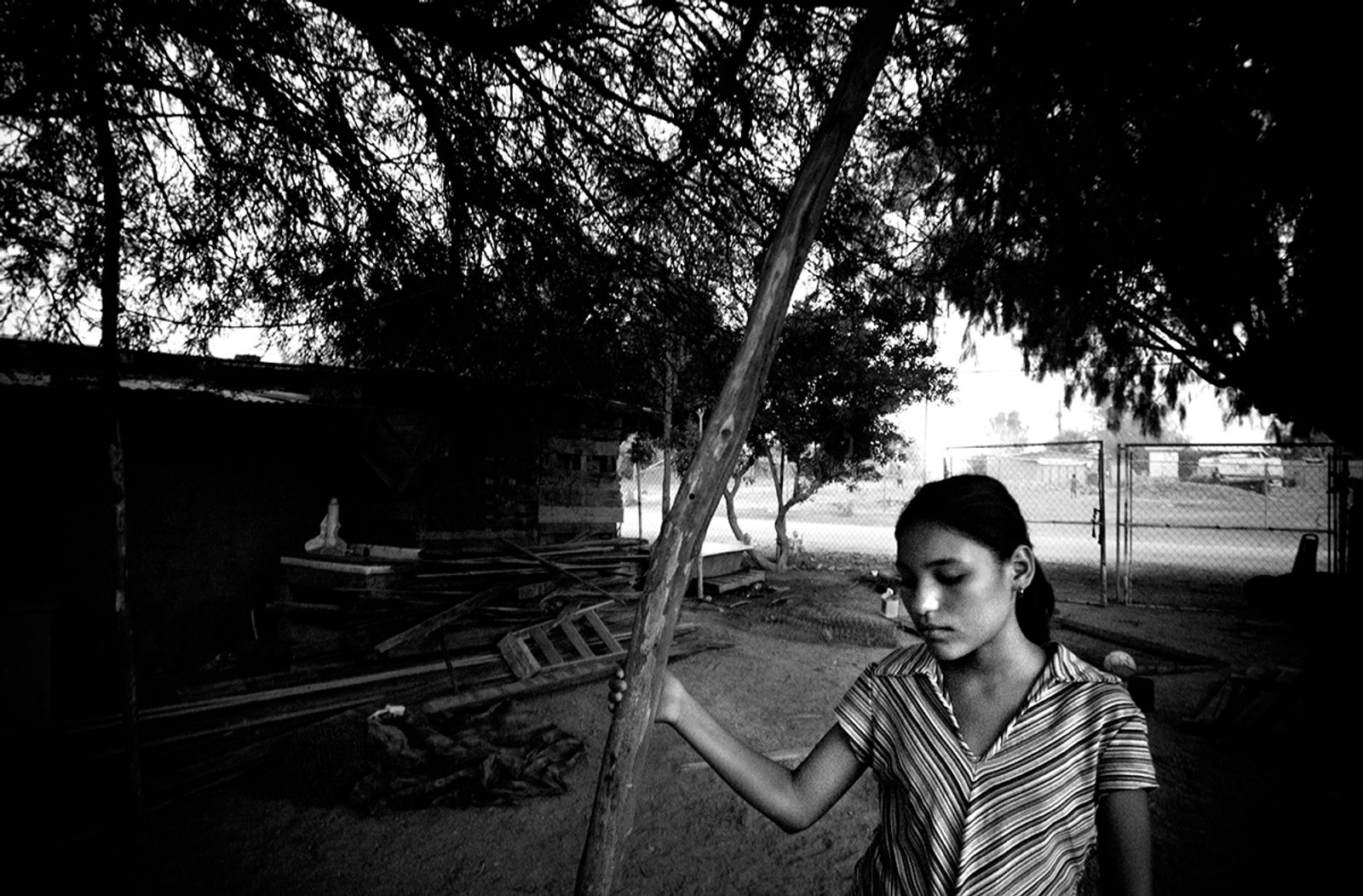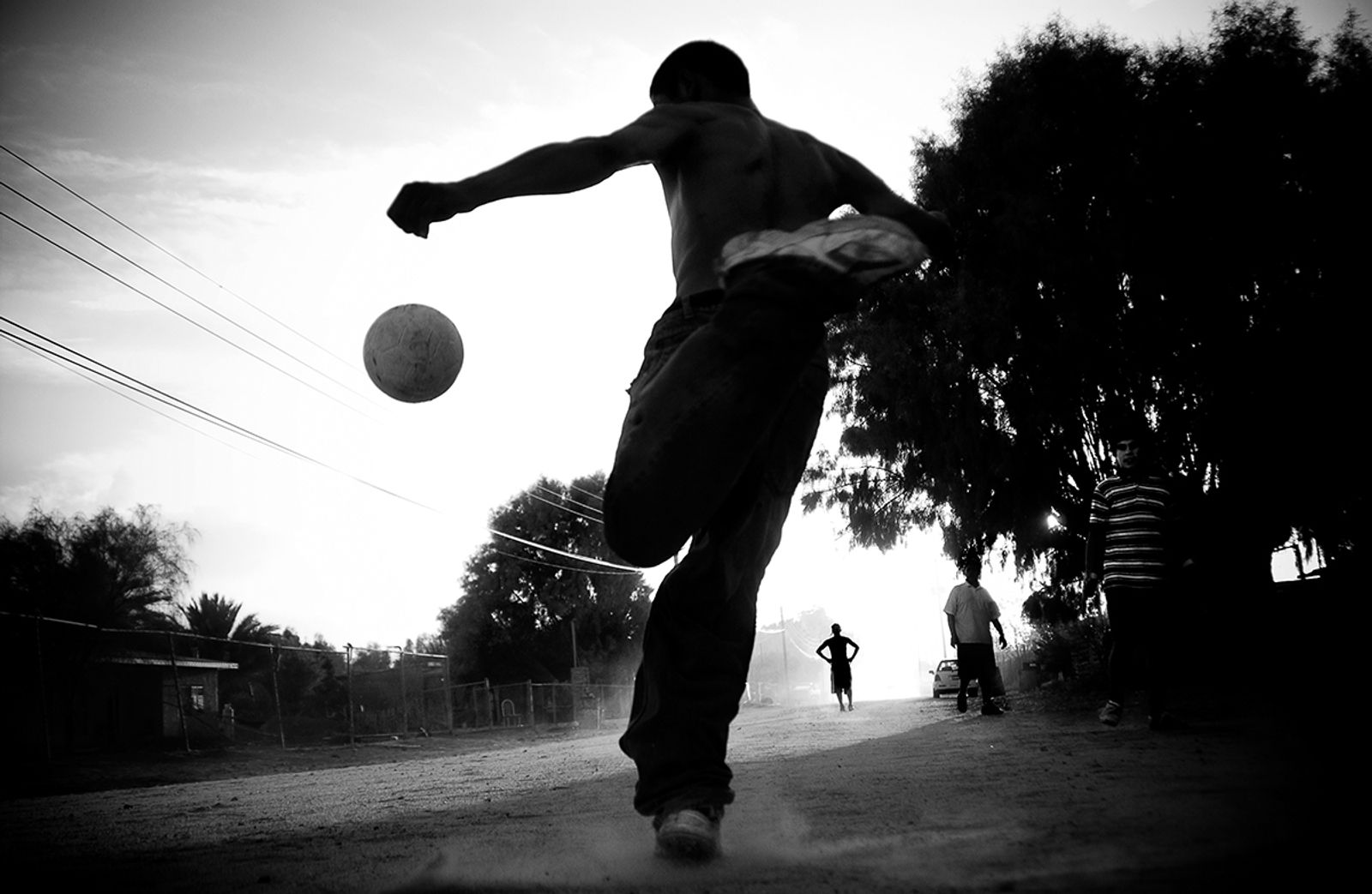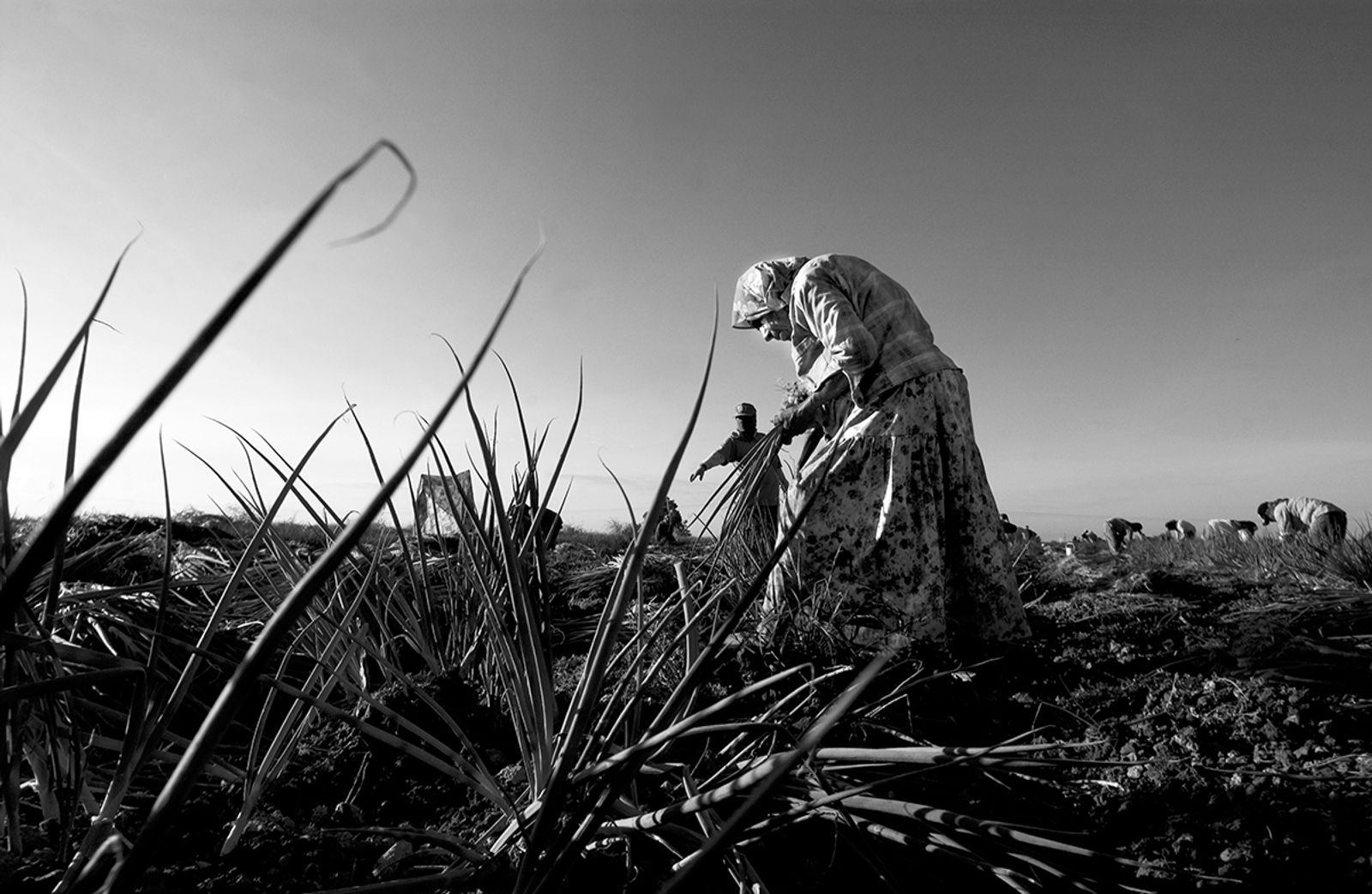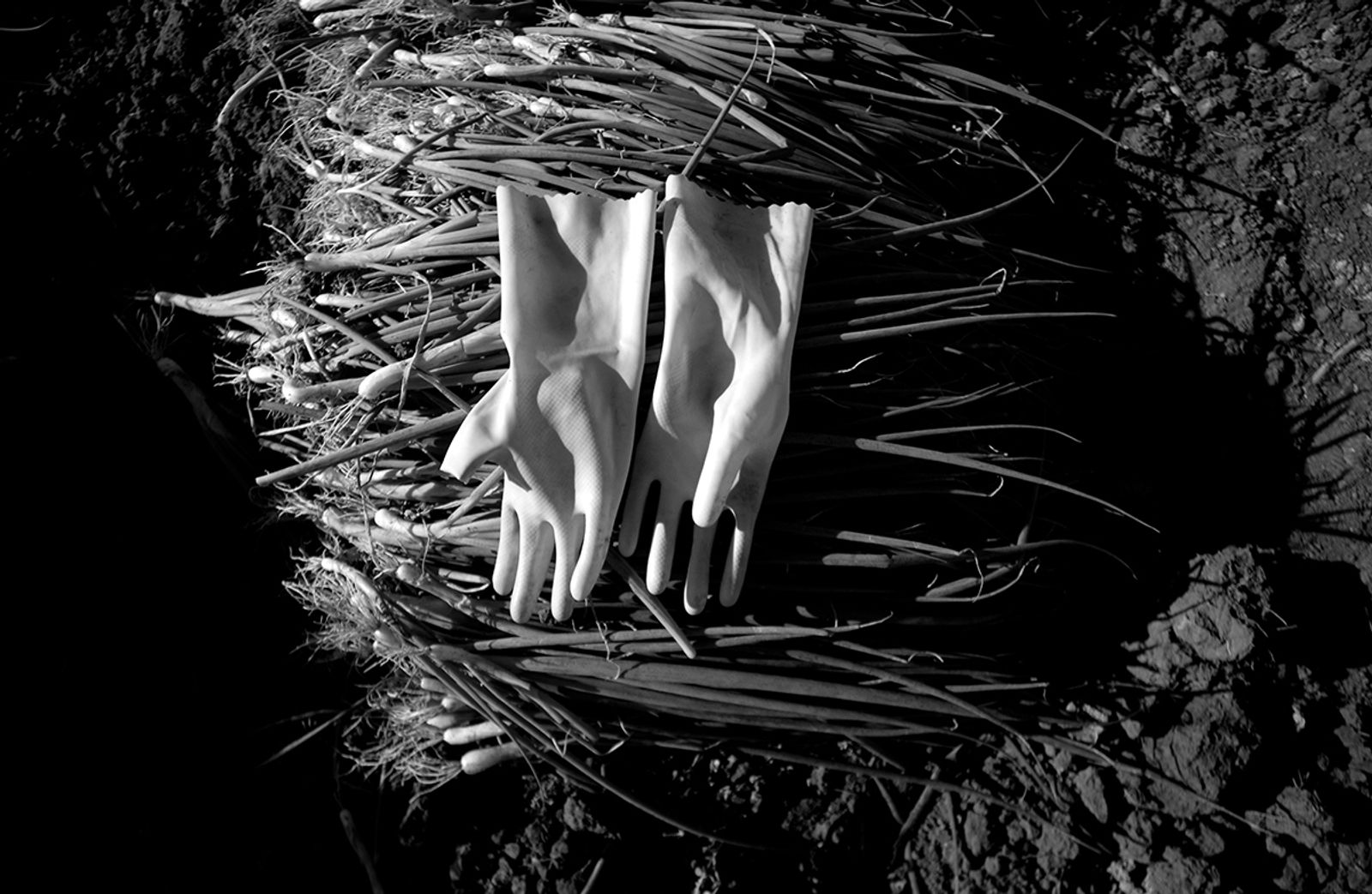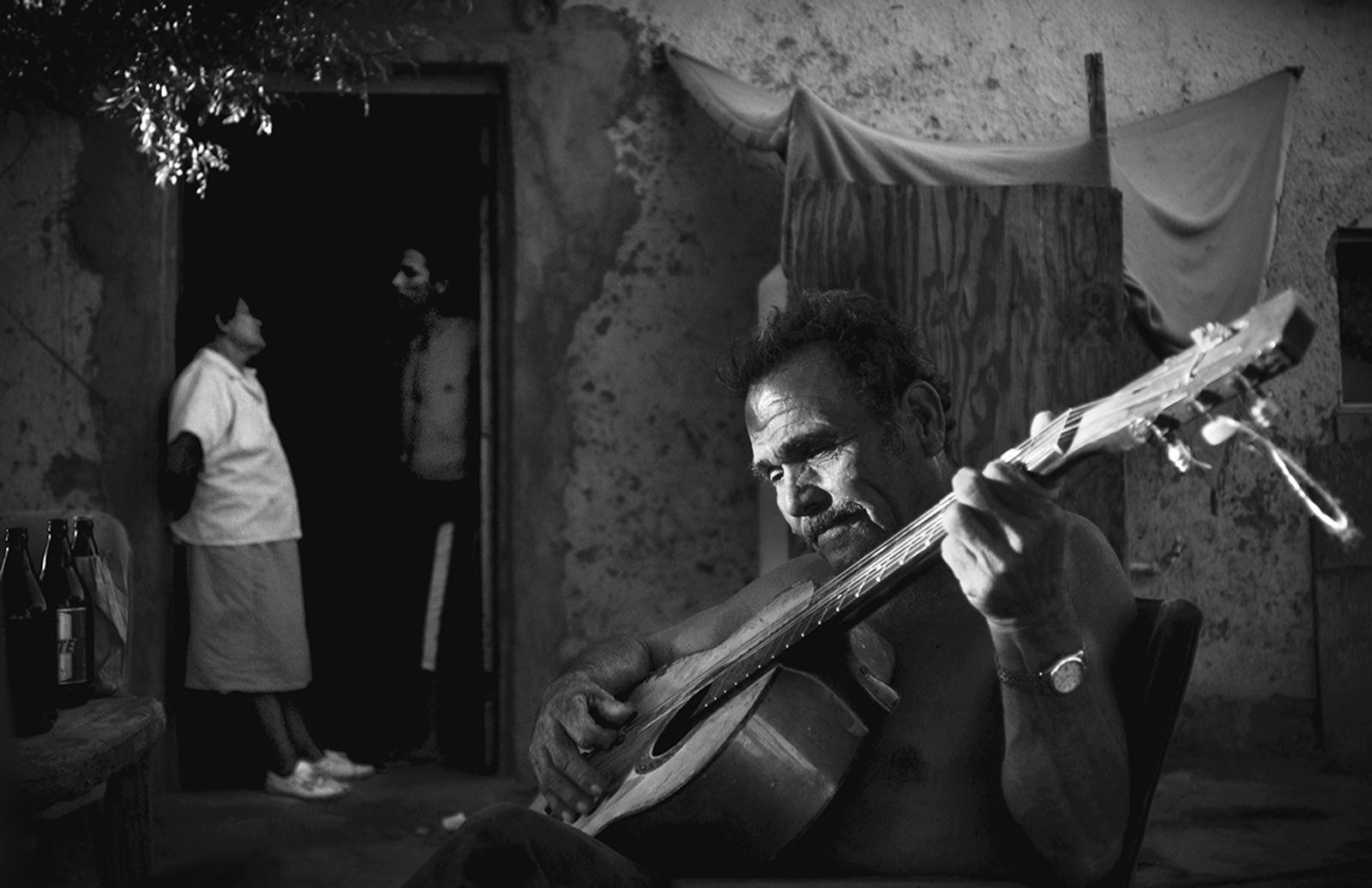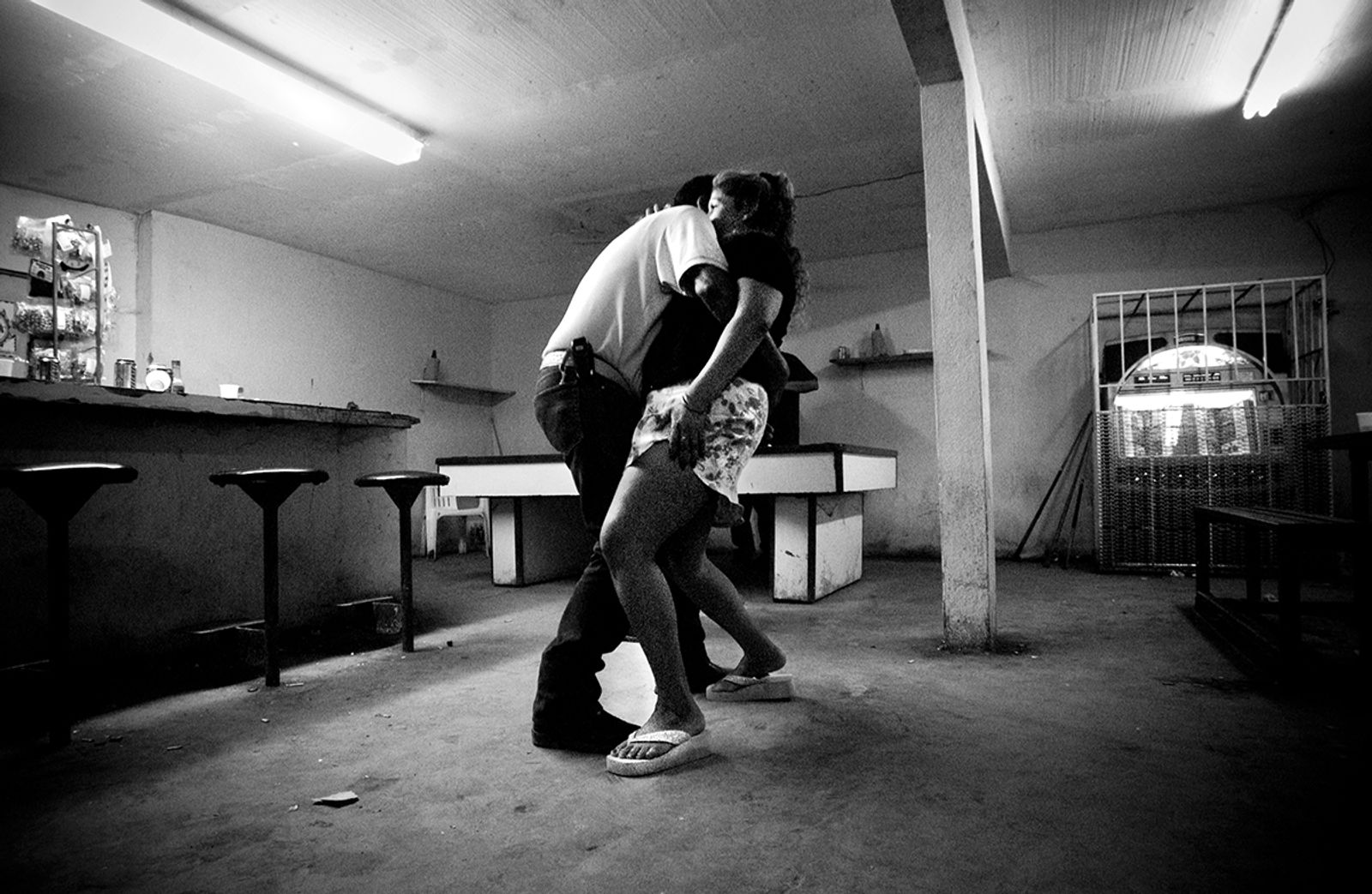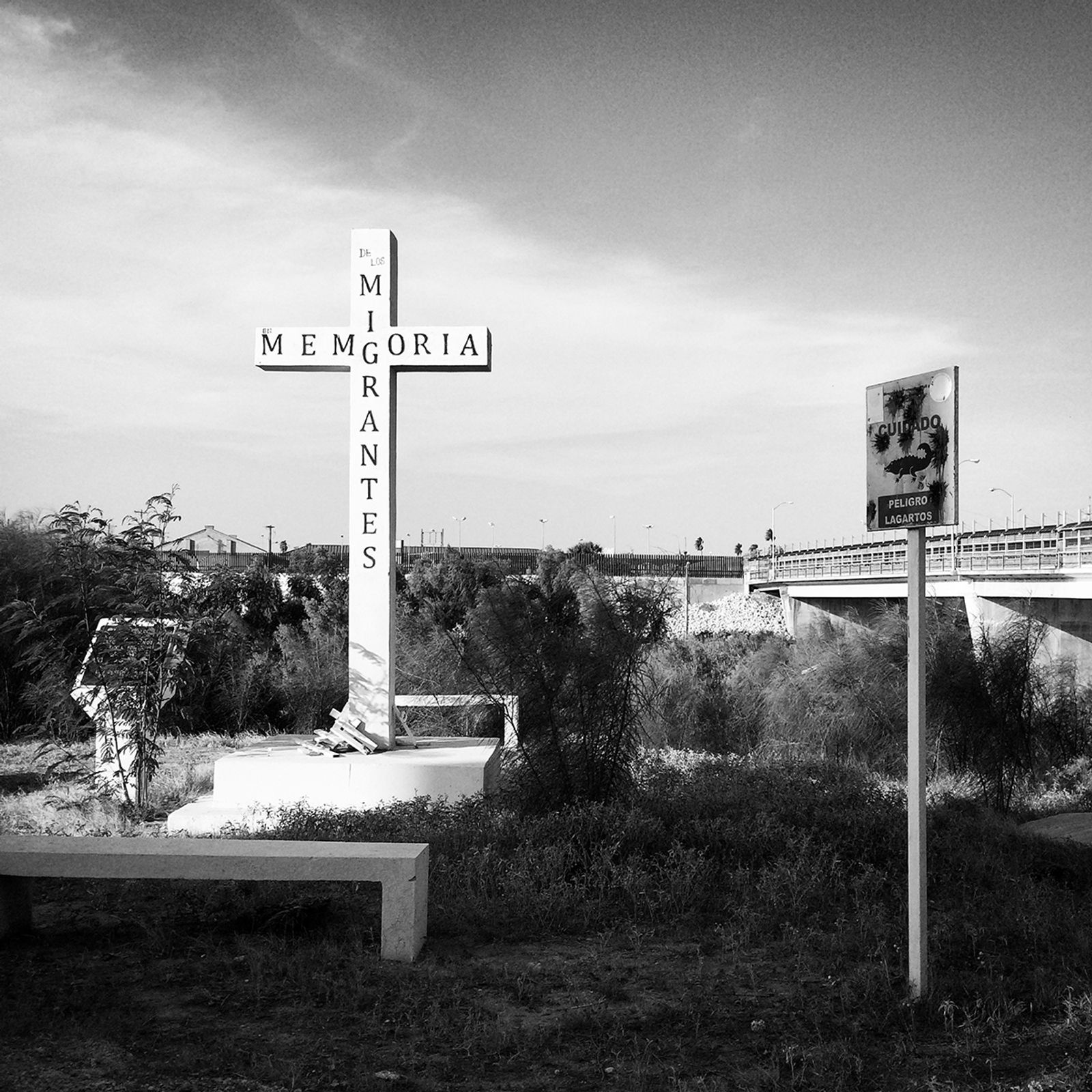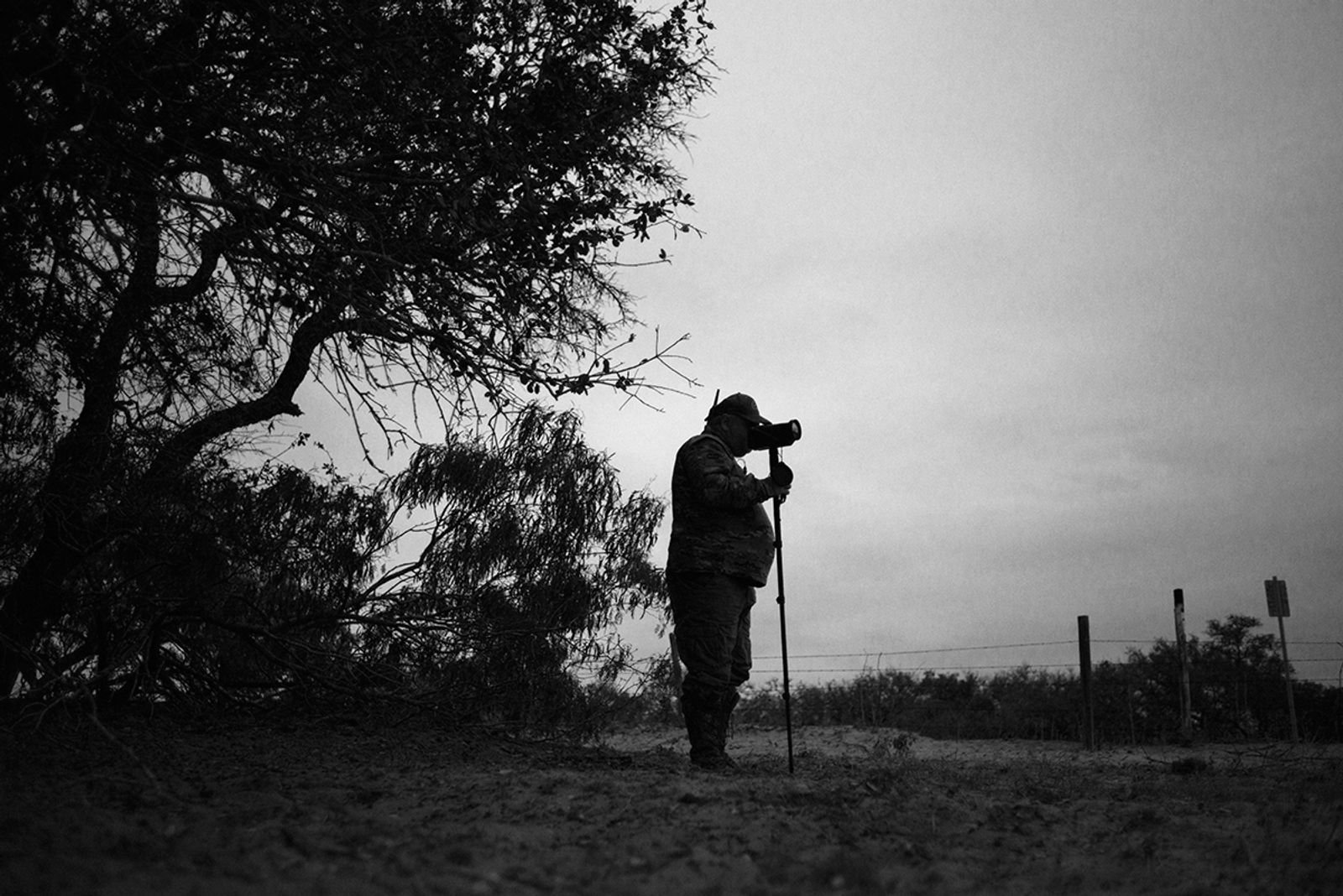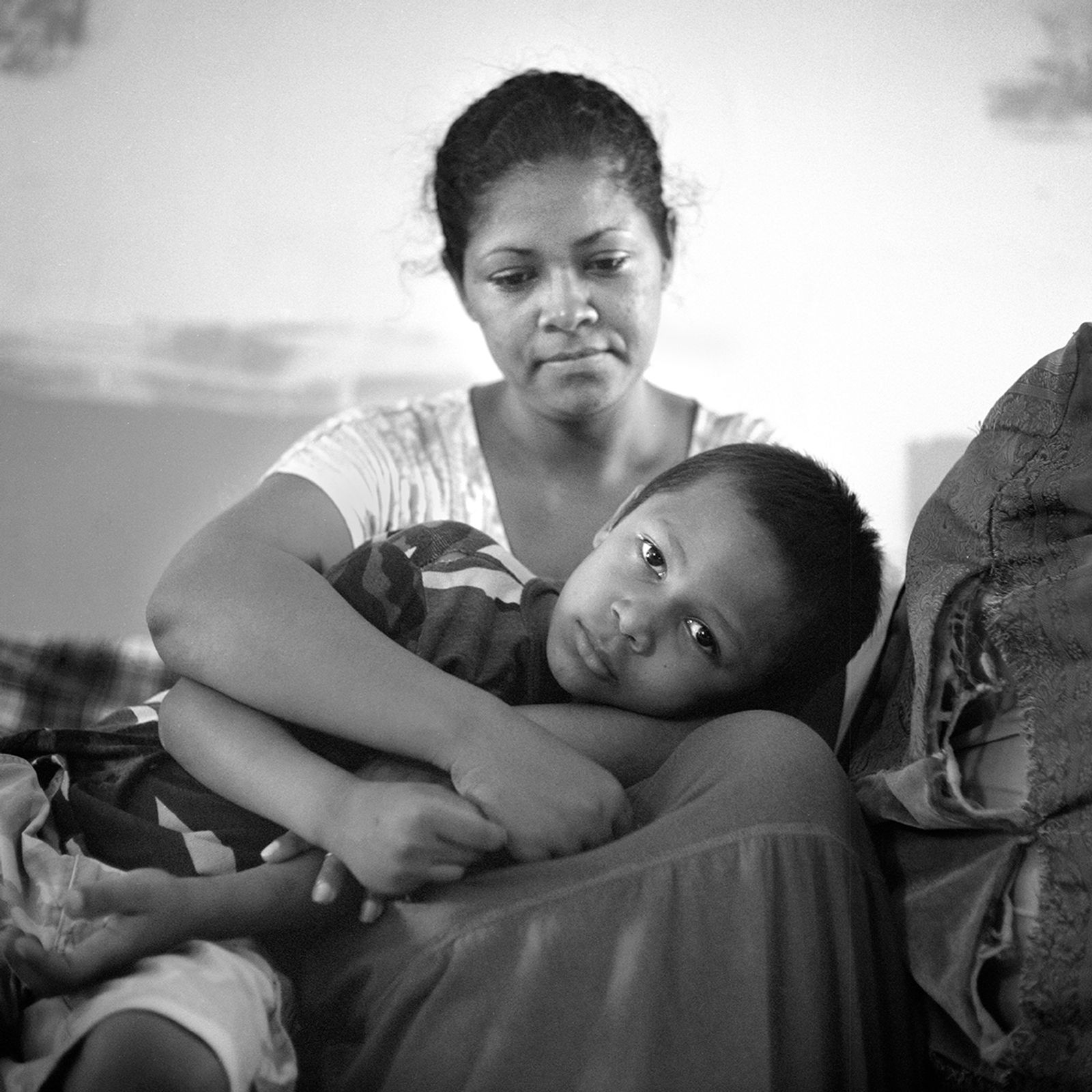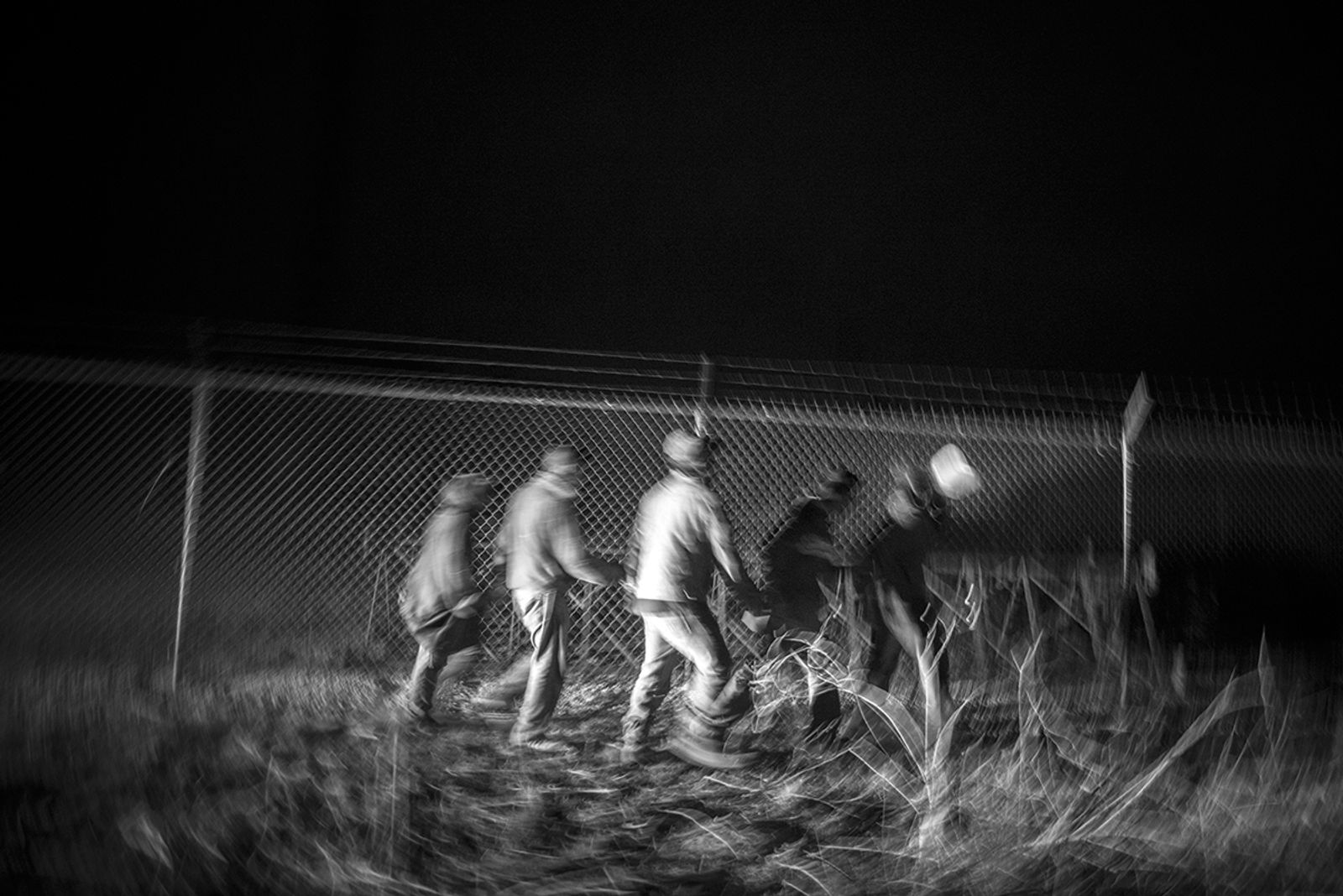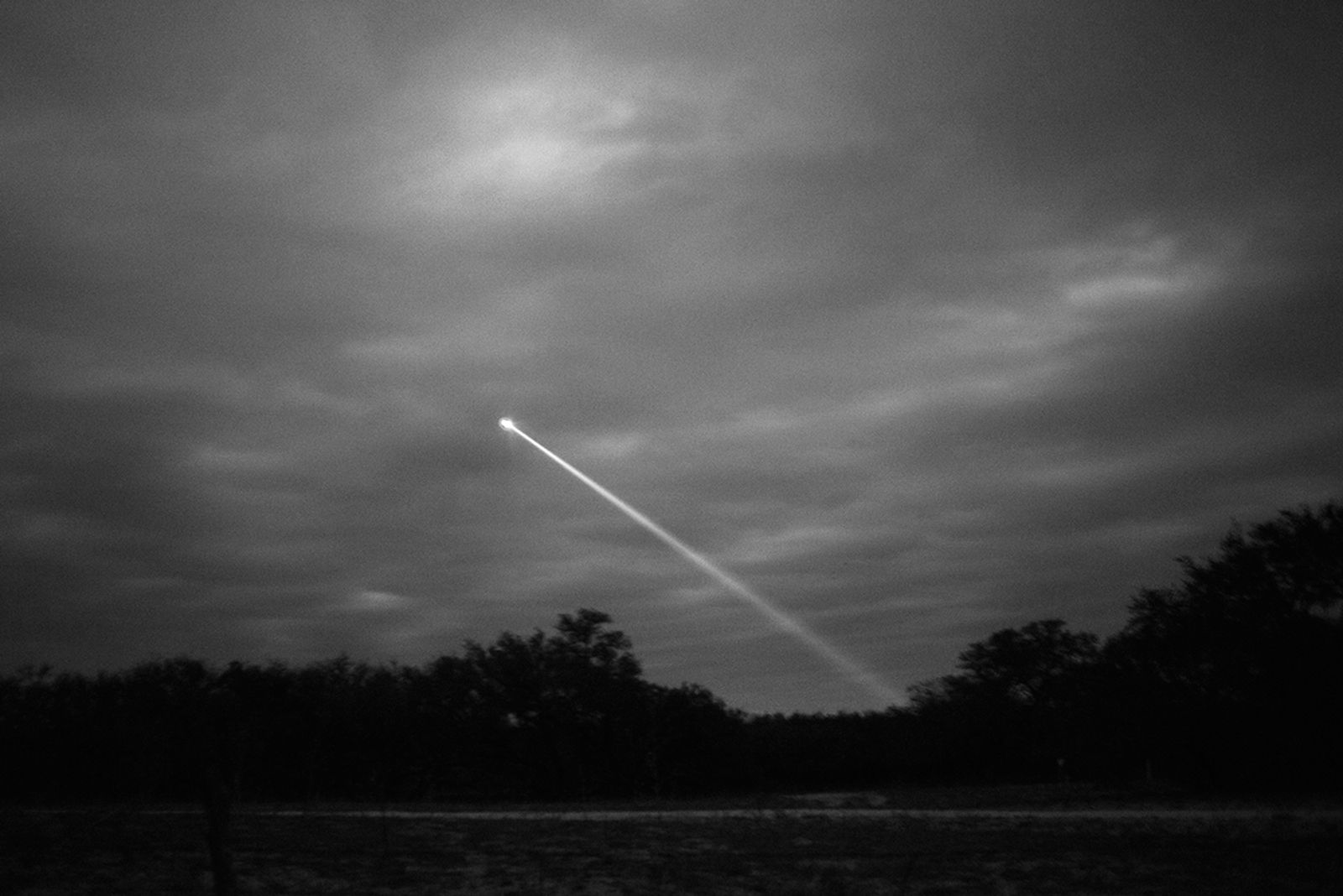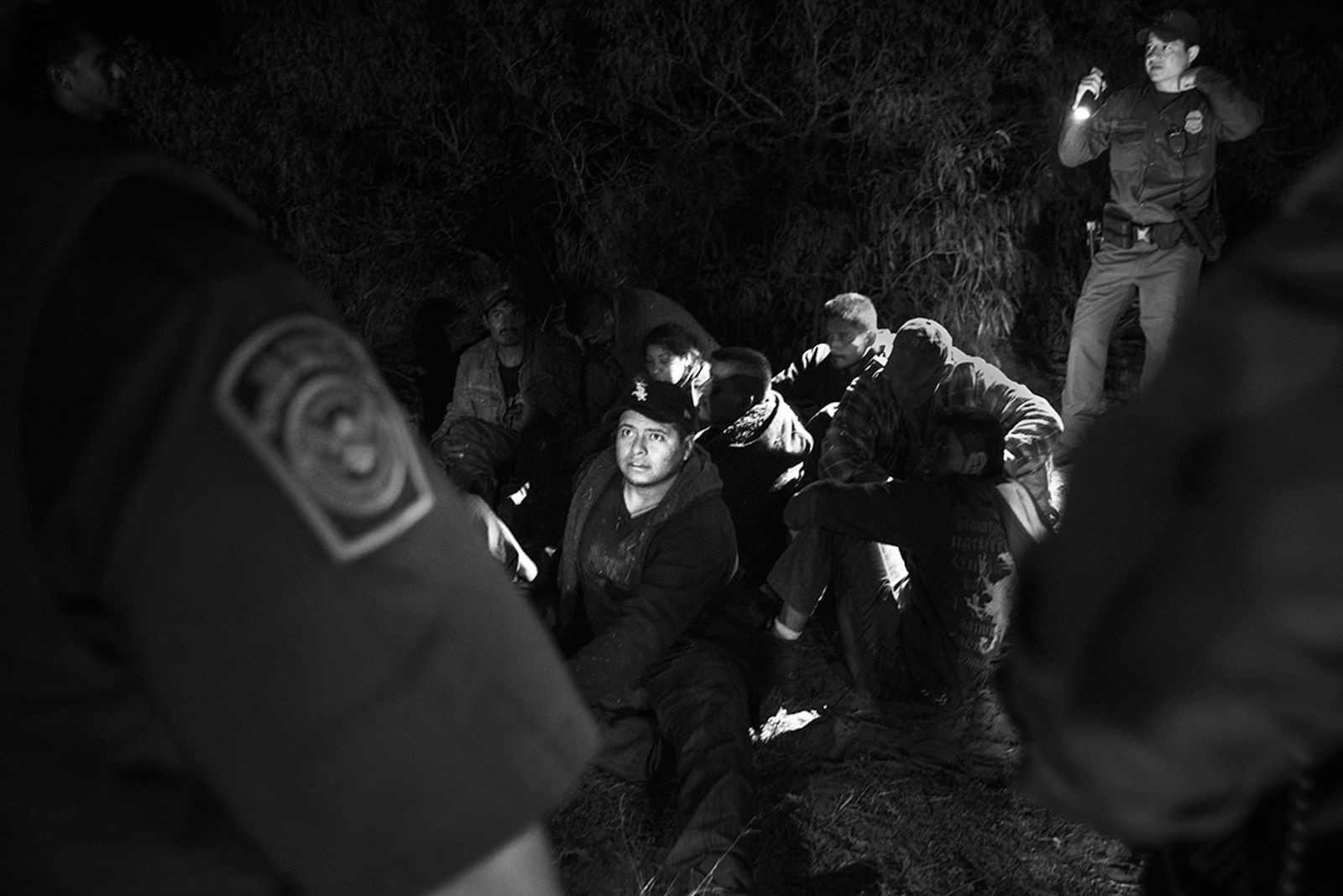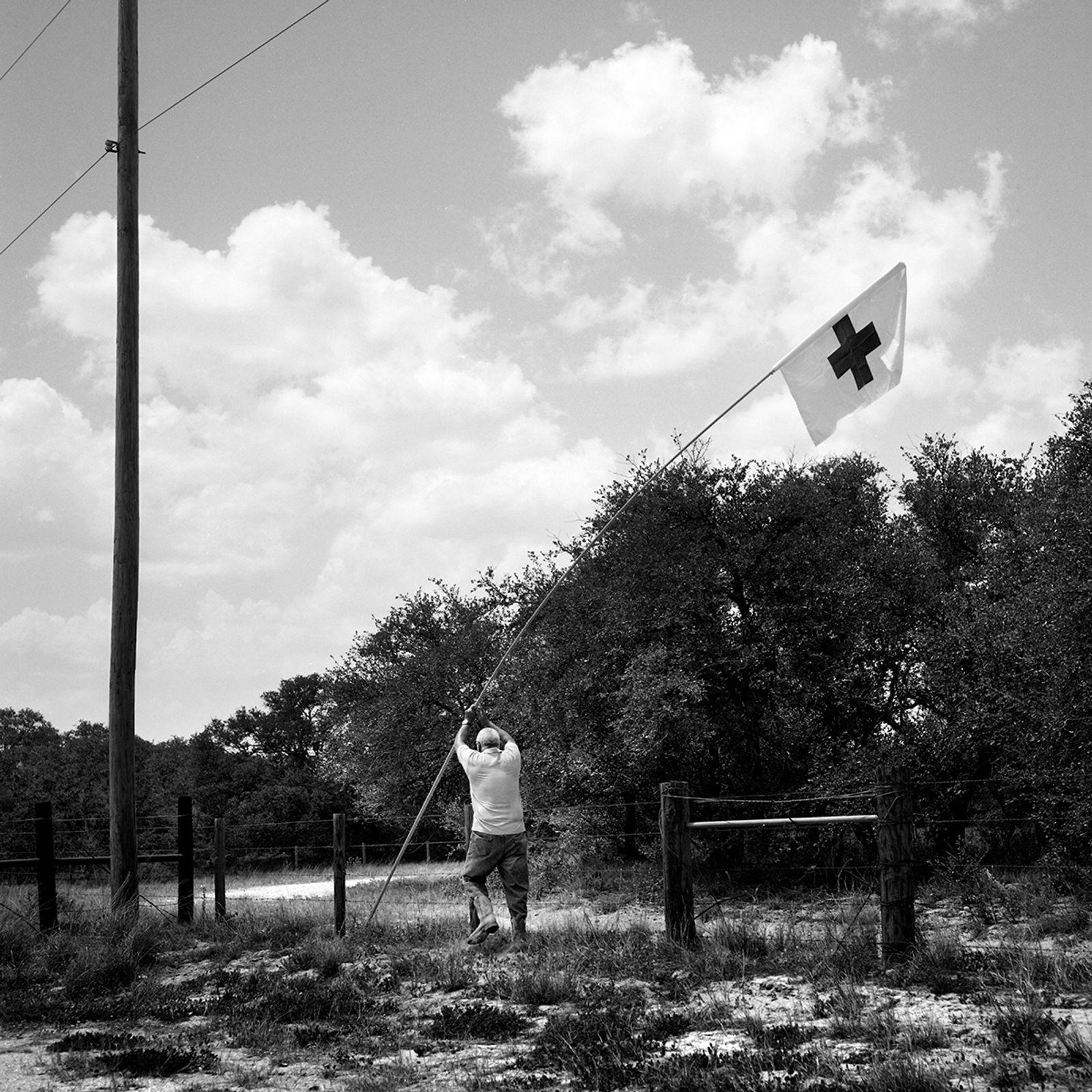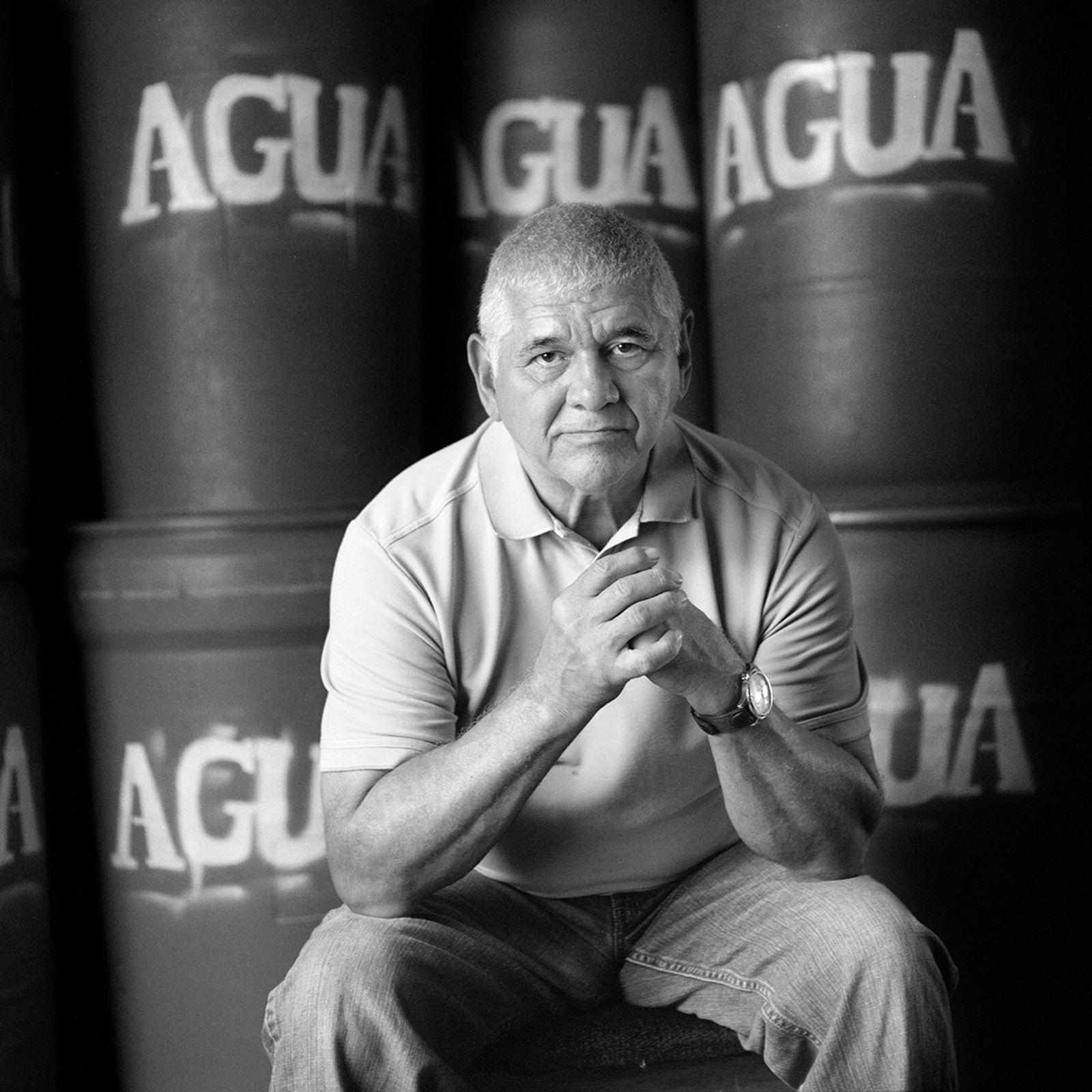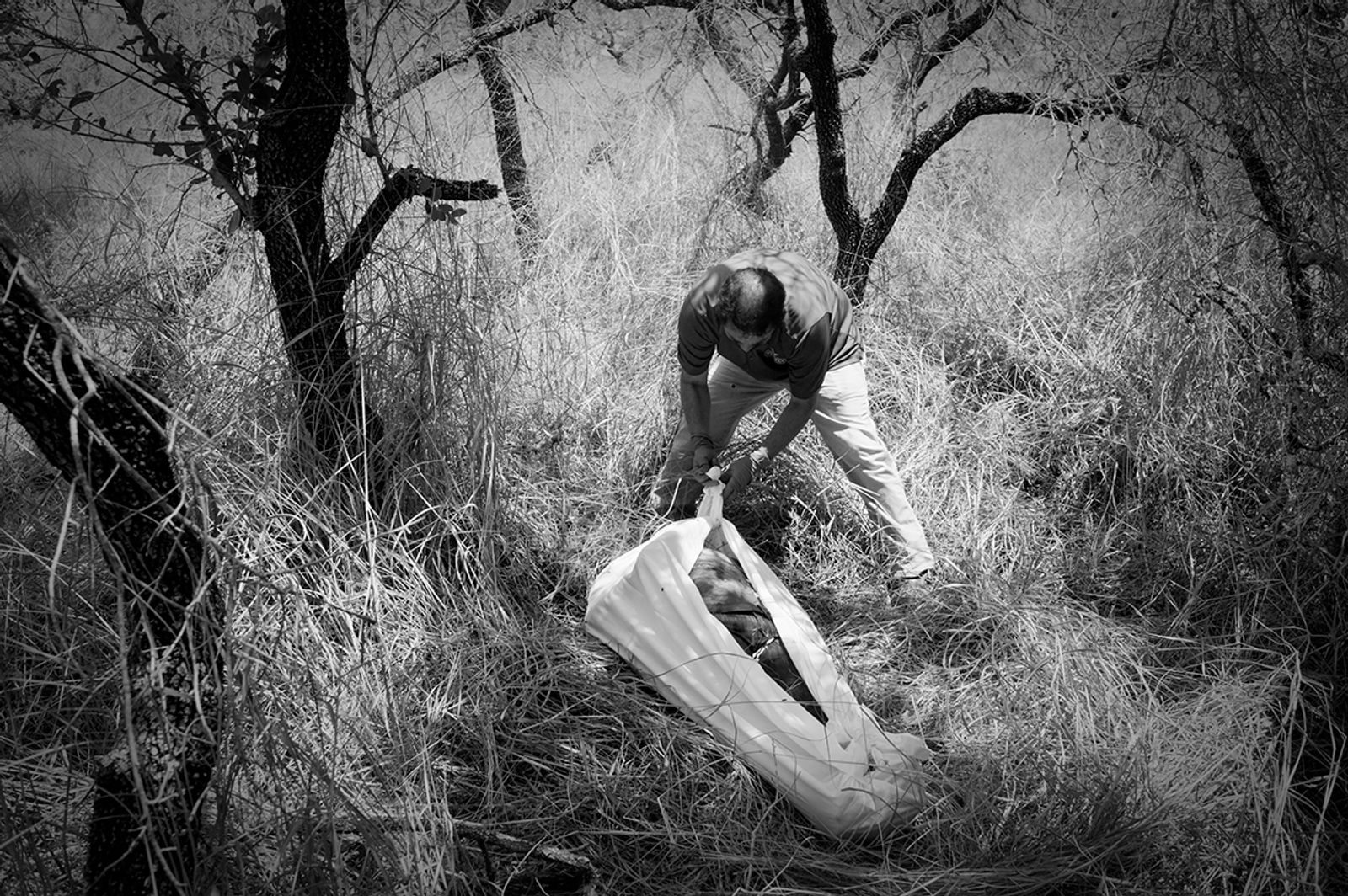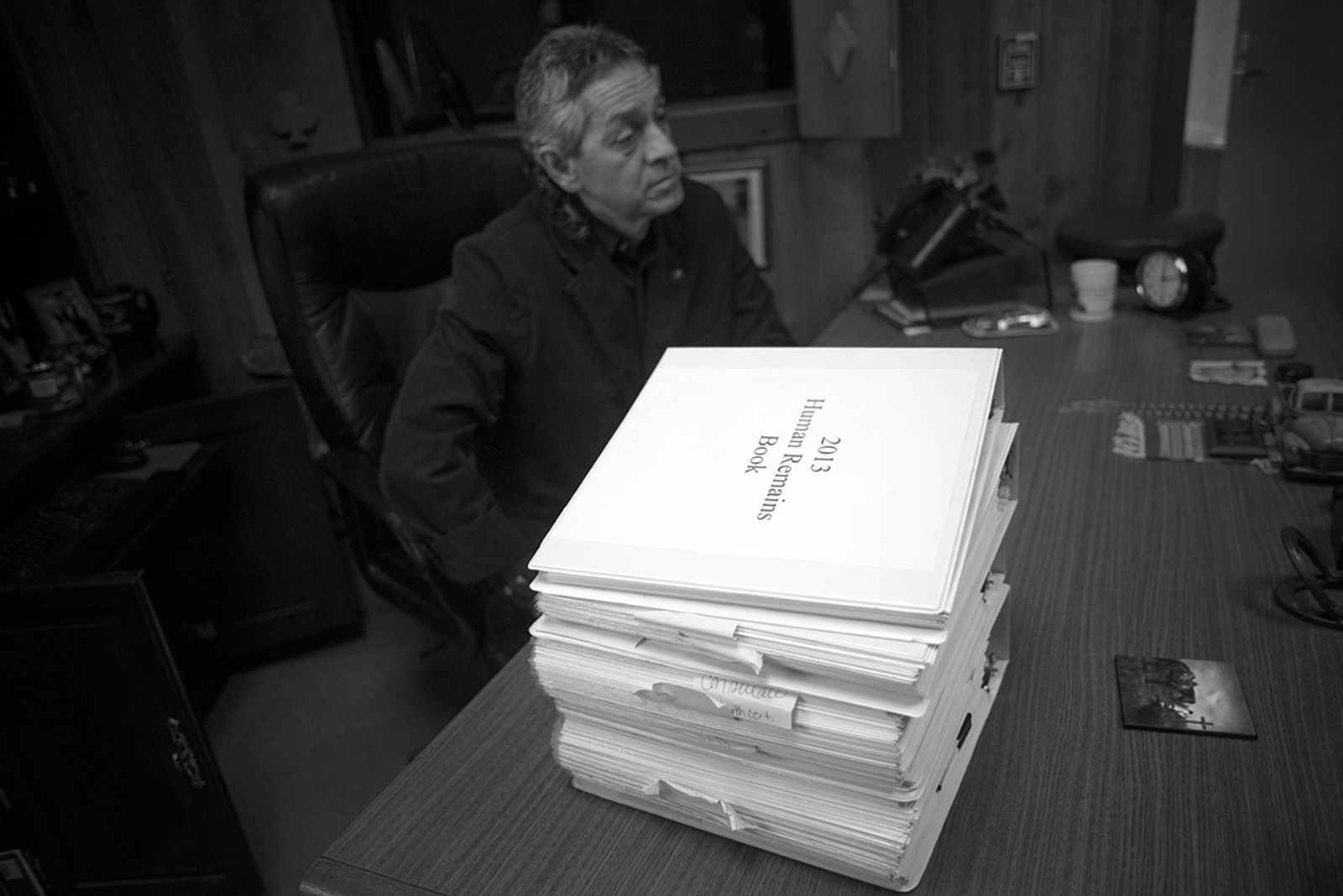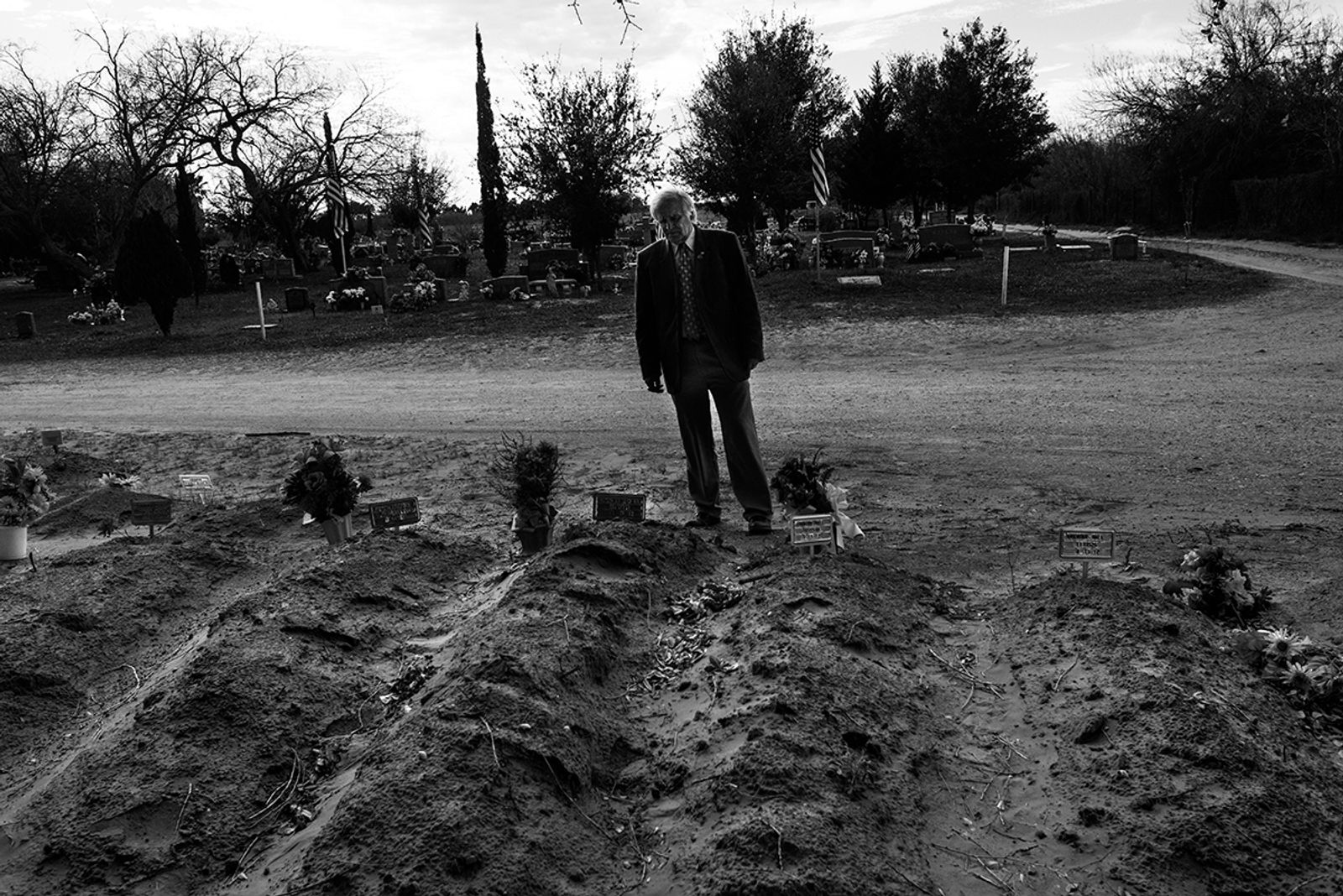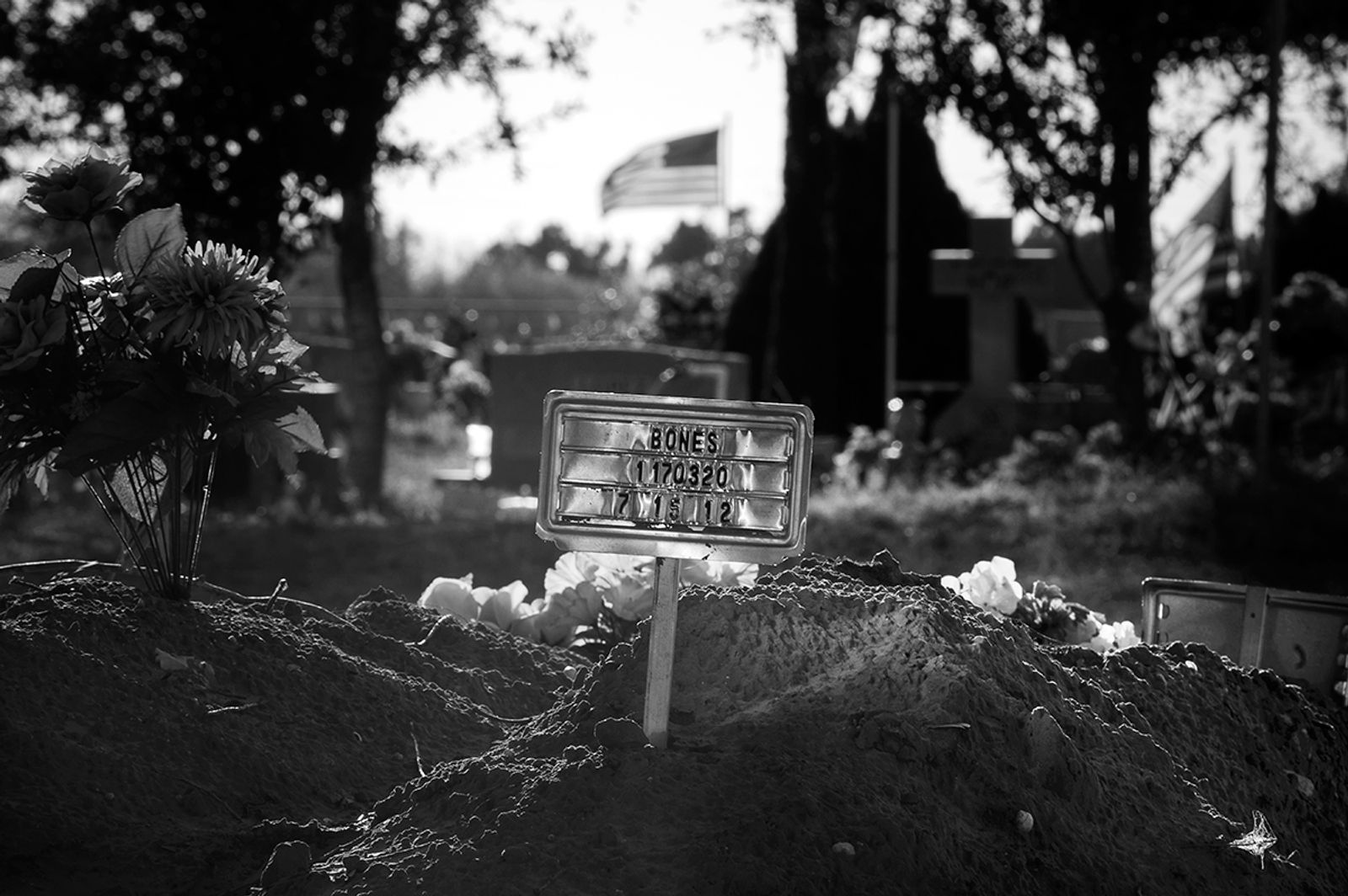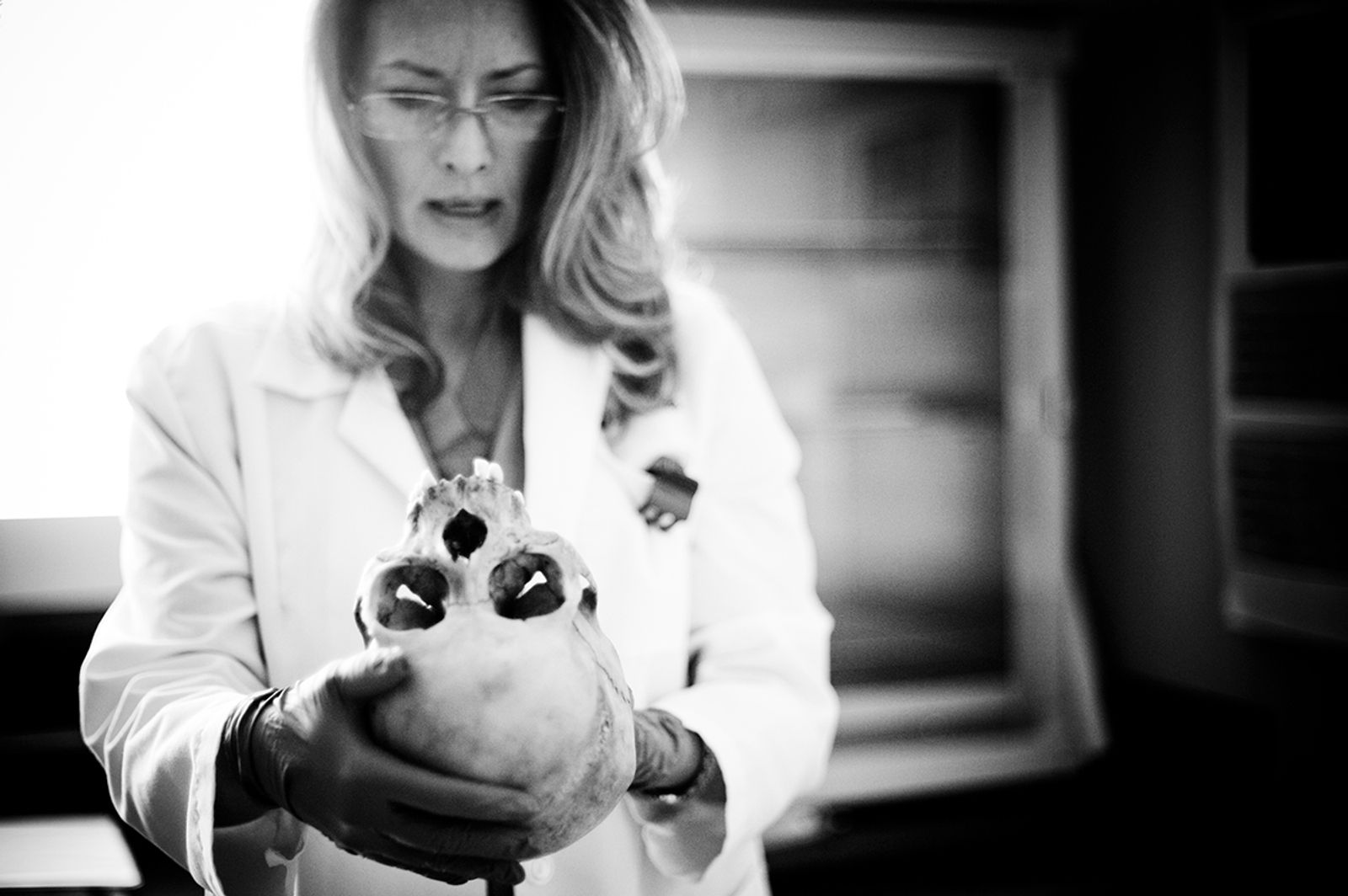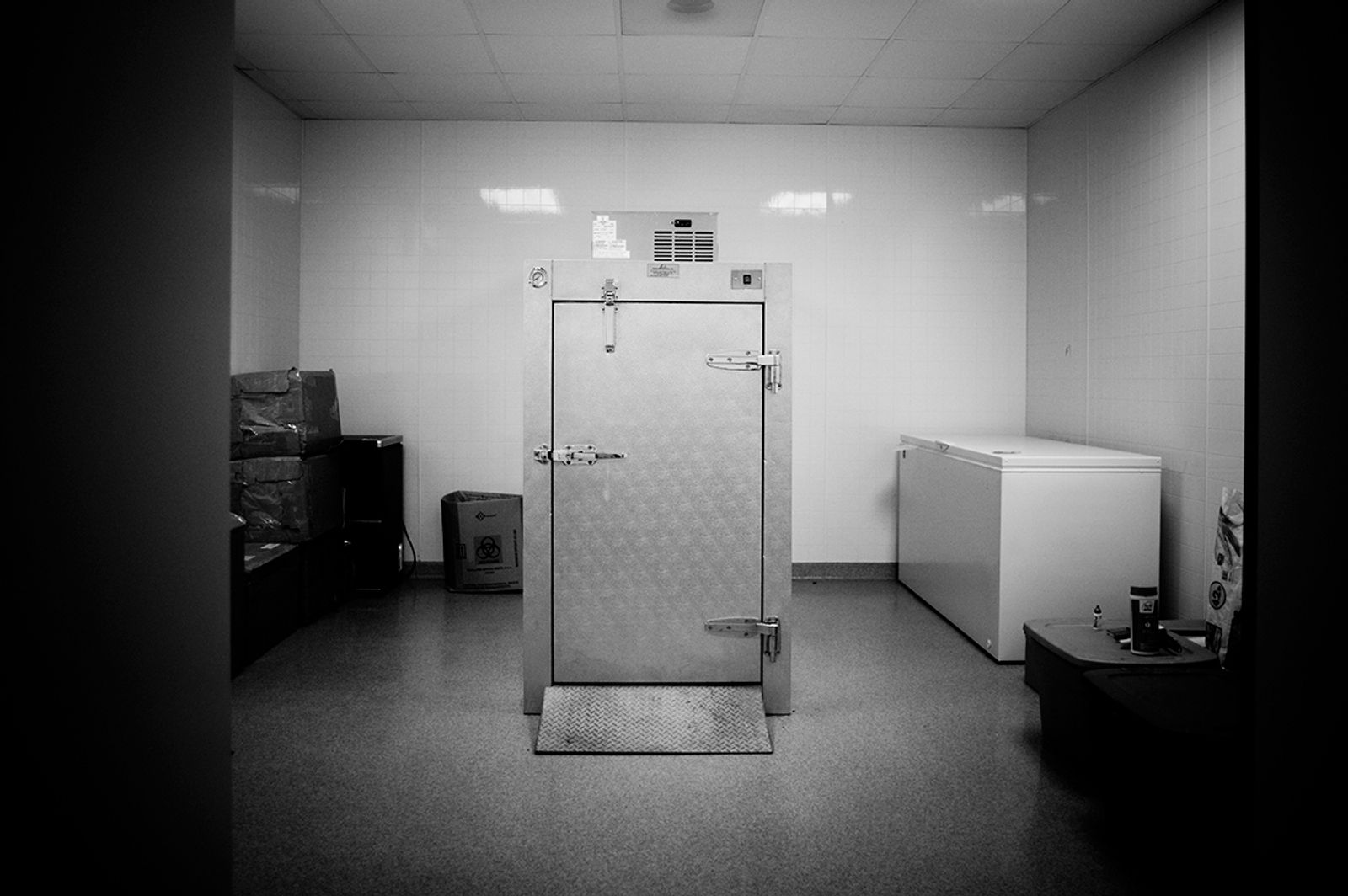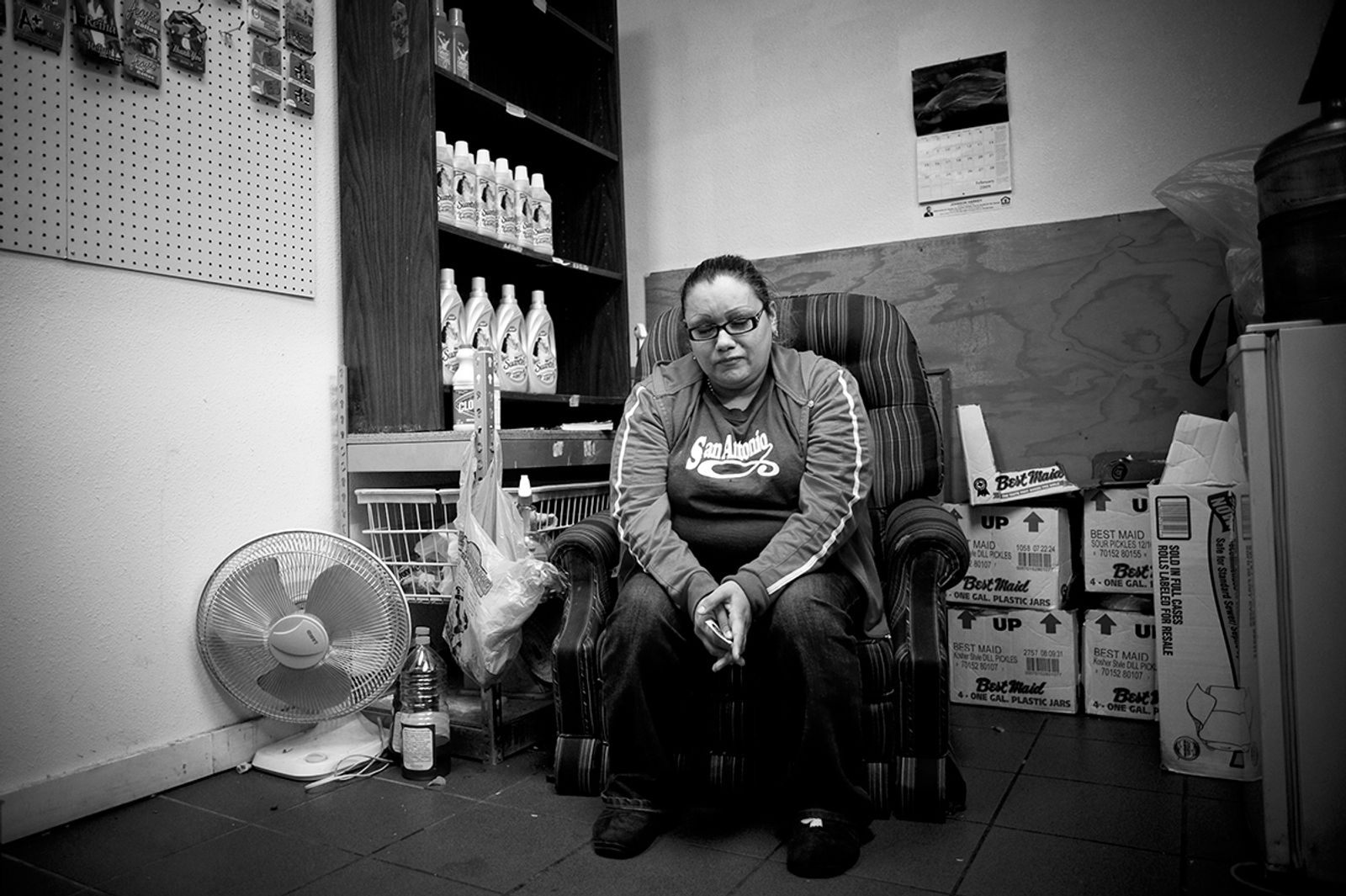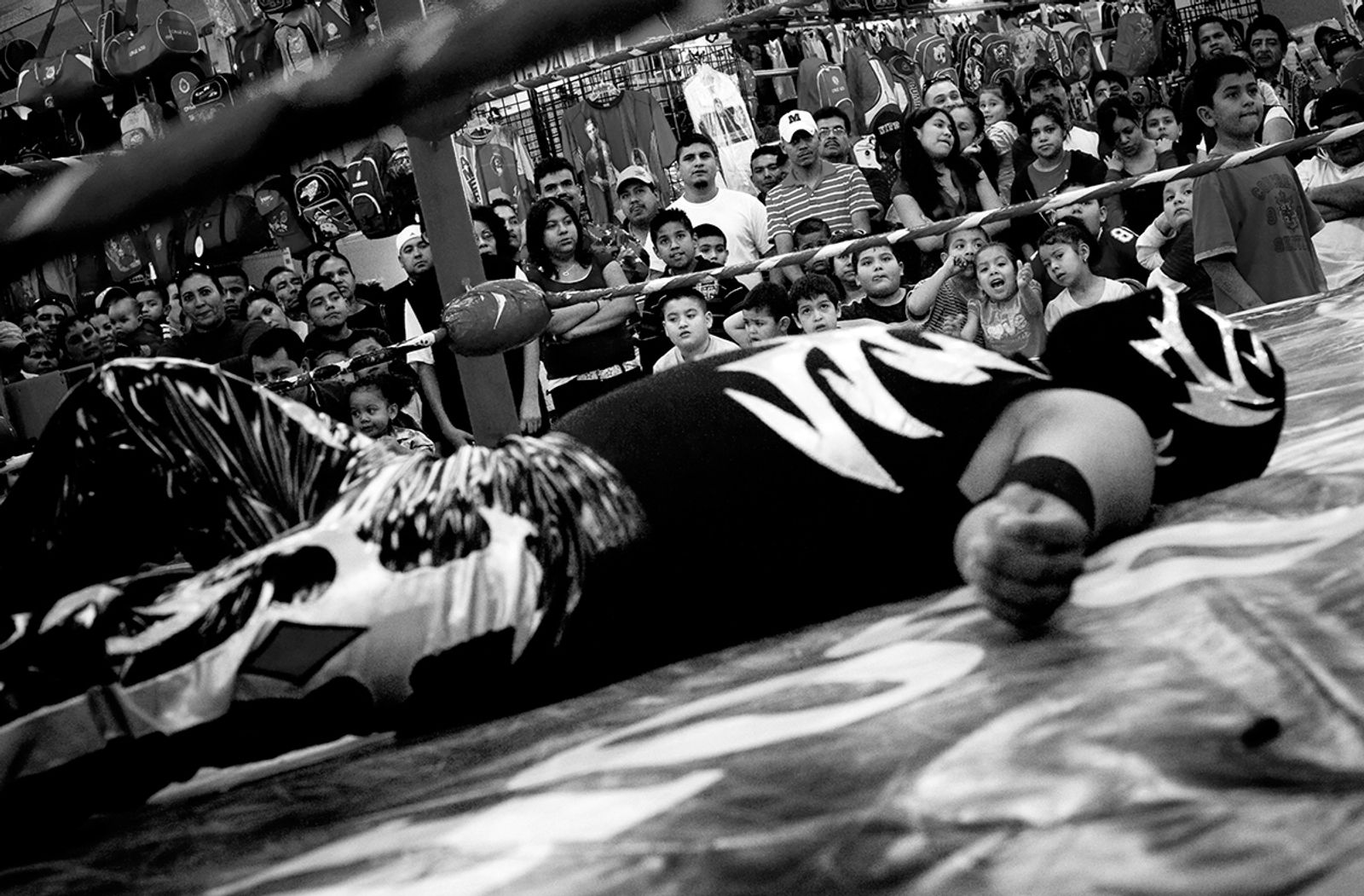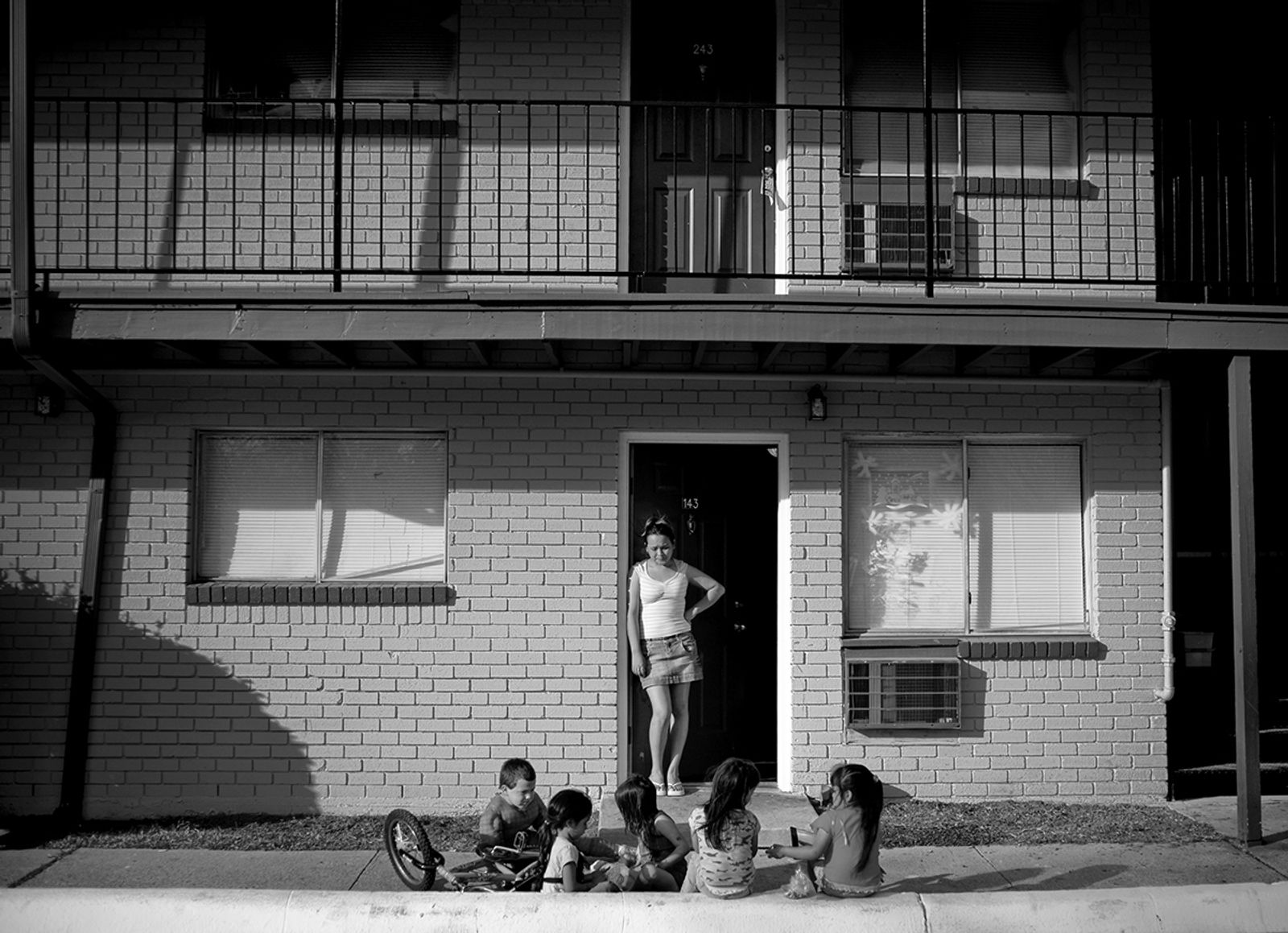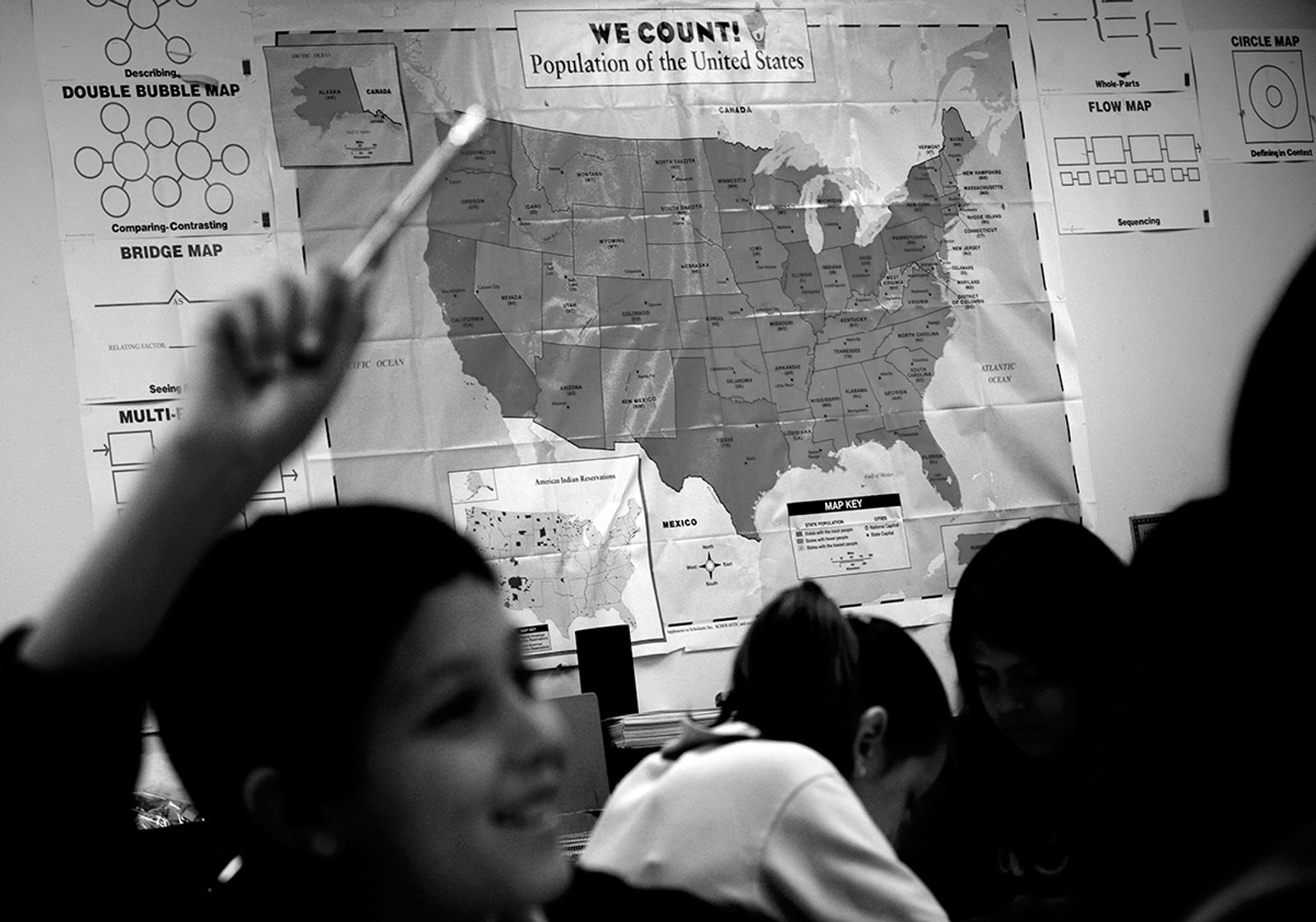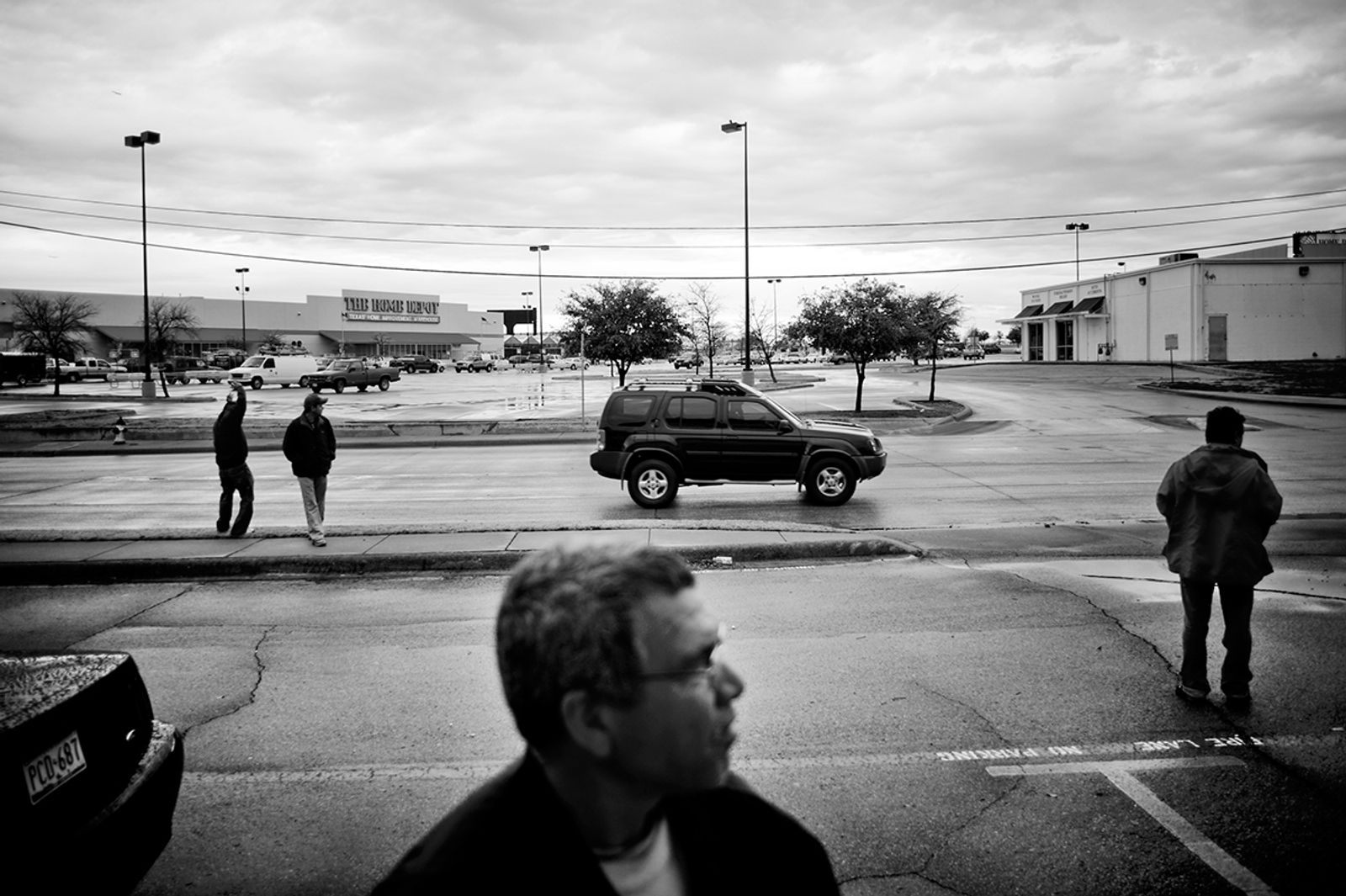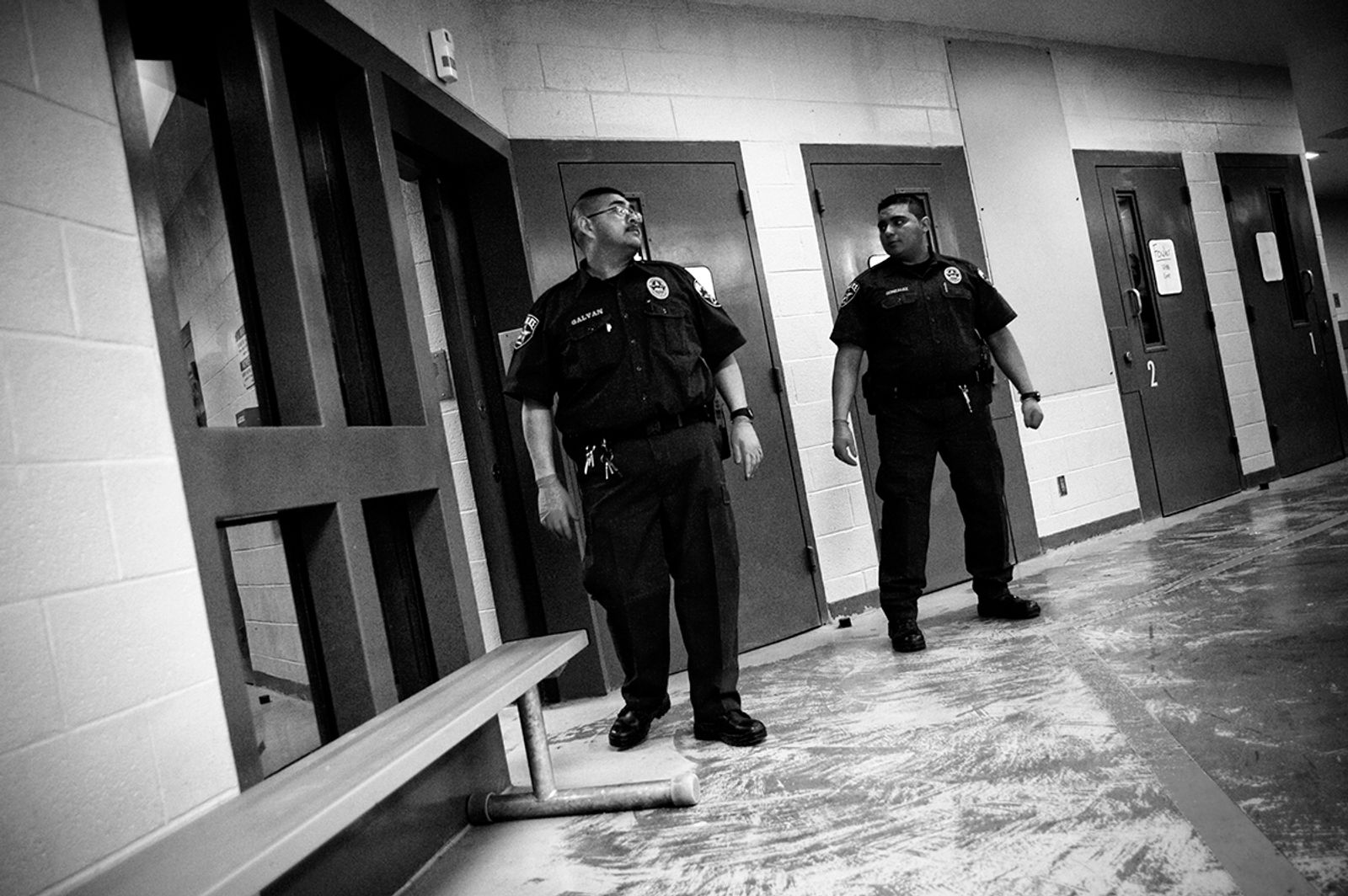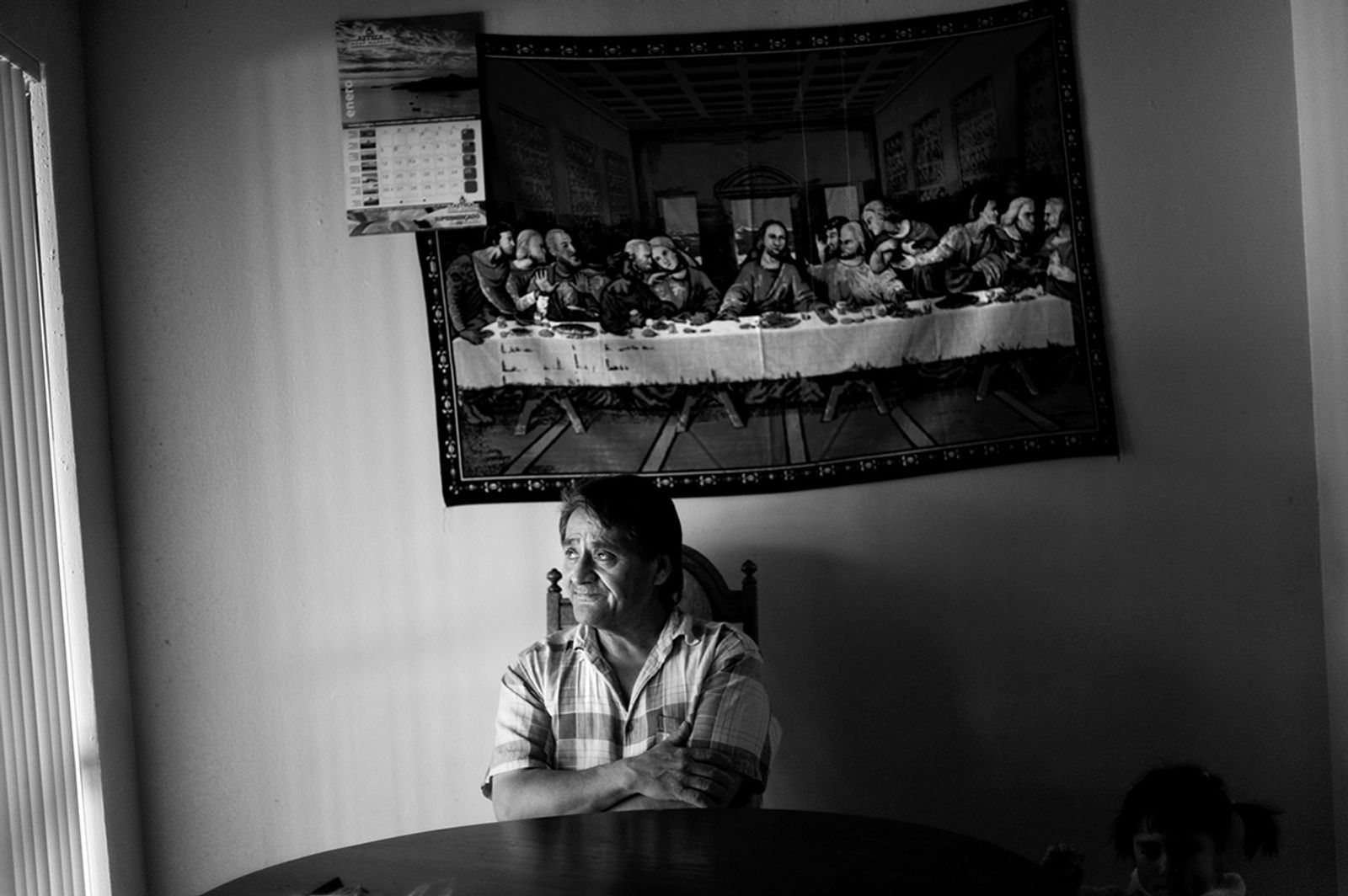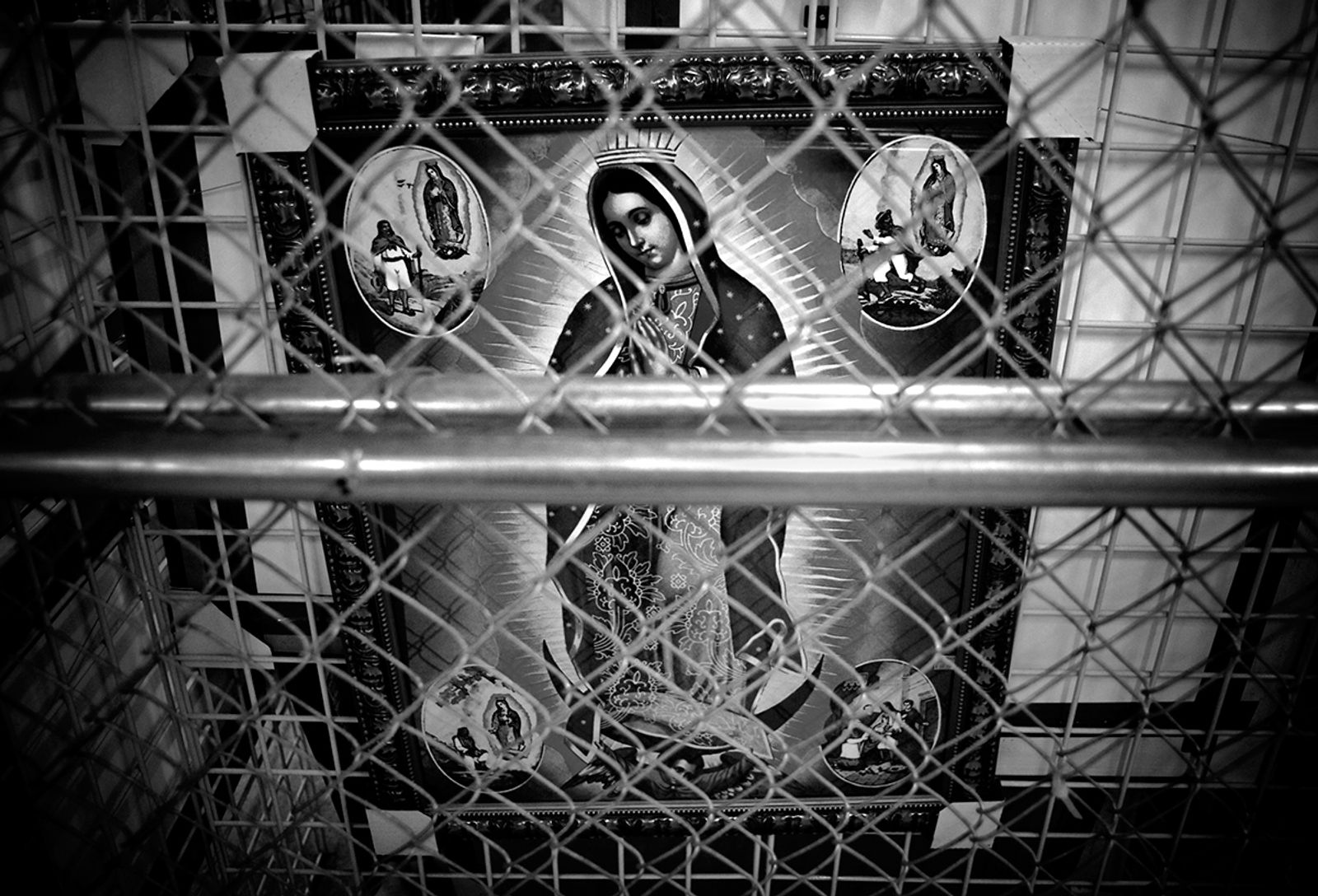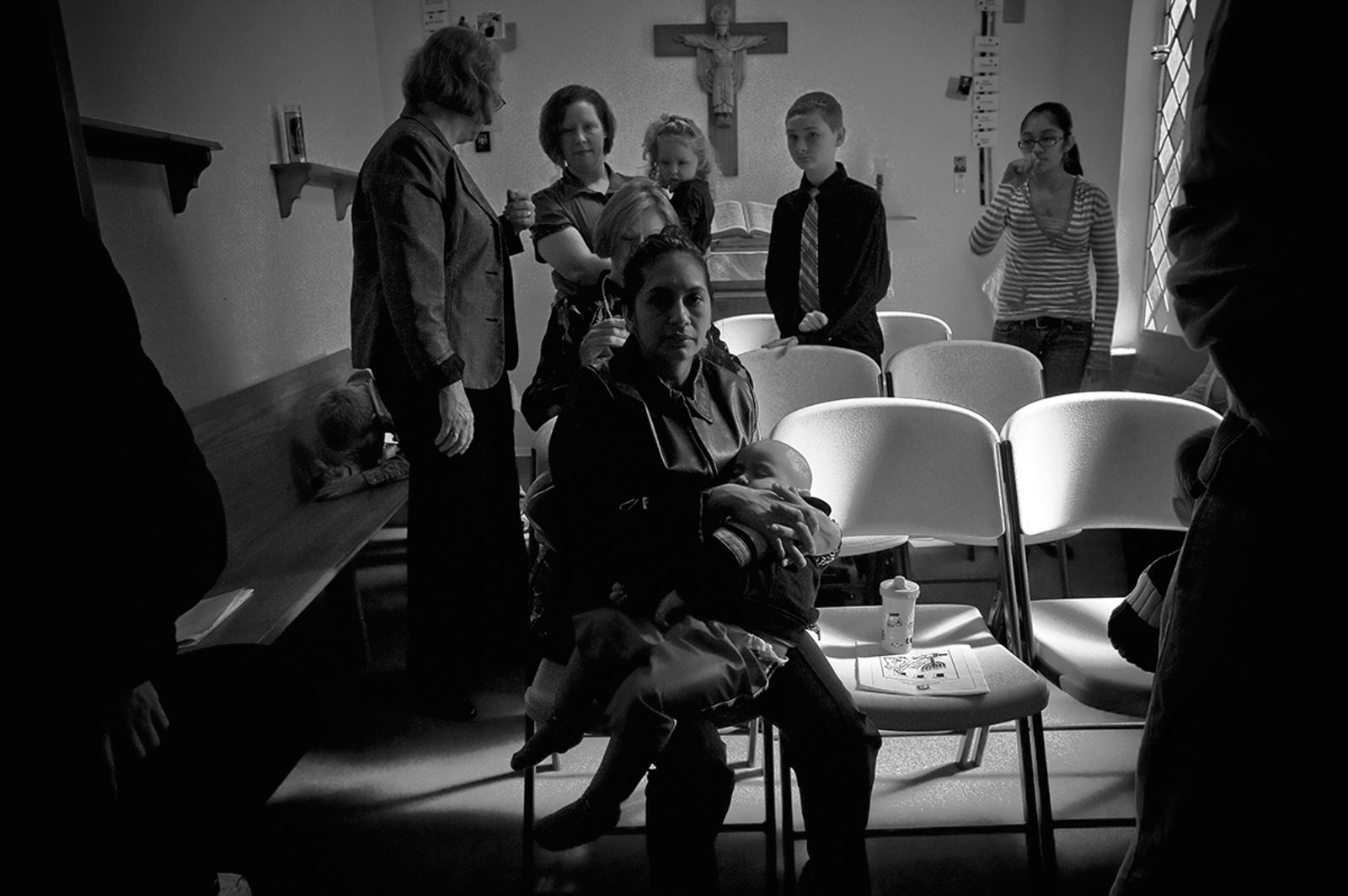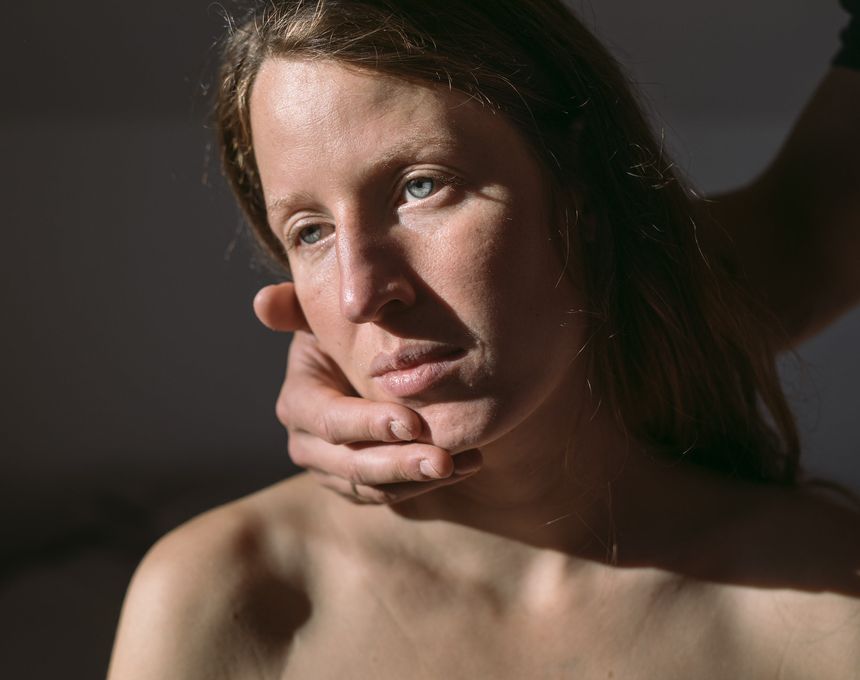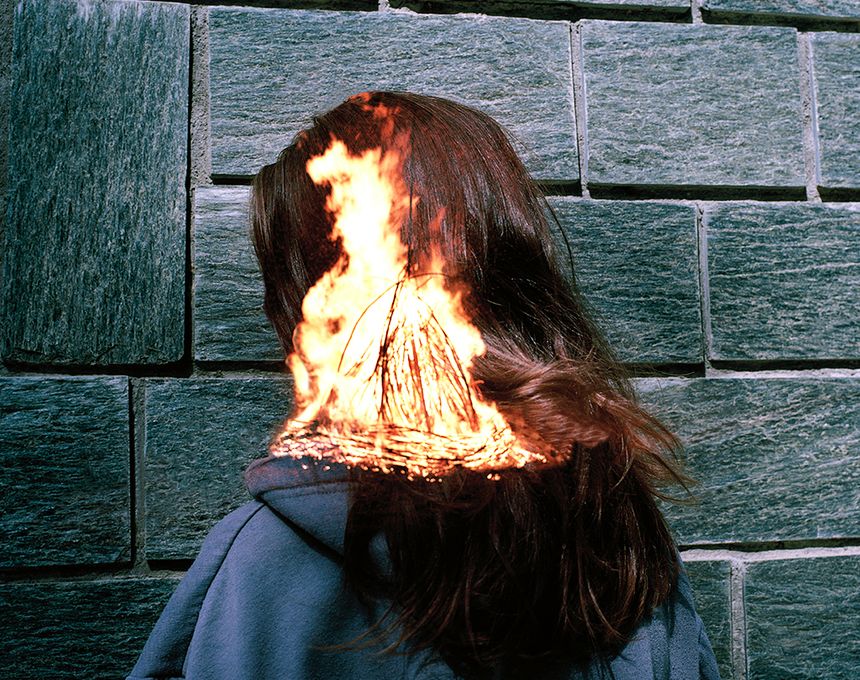Cuando Estoy Aqui
-
Dates2007 - 2015
-
Author
- Topics Daily Life, Social Issues, Documentary
Cuando Estoy Aqui depicts the lives of field workers along the Mexico / Arizona border, the trials of migrants crossing the Texas border and their life once within the US.
It is easy to see how scaling the border fence into Arizona or crossing the Rio Grande into Texas is a gamble well worth the risk – that the promise of the unknown outweighs the inescapable certitude of what resides in a migrant’s country of origin. But from the moment their feet land on American soil, they enter a world of enforced anonymity, no closer to the America of the imaginings than when they began the long journey north.
Until President Barack Obama’s speech on Immigration Reform I believed this to be the biggest sacrifice, for where is liberty and justice for even the strongest of men and women when they have no voice? His executive order was a significant step toward mending a failed immigration policy by giving back that voice to those willing to step out of the shadows. But there is still so much to be done.
These images are three chapters of the immigration story I have witnessed in the past few years. They begin with daily life in Ejido Hermosillo located in northern Sonora along the Mexico-Arizona border. The second chapter takes place between the migrant house Senda de Vida in Reynosa, Mexico, and the parched ranch lands of Brooks County, TX, just north of the Texas–Mexico border, where the remains of over 250 migrants have been discovered since 2012. And finally, the third chapter reflects the experience of those living in the shadow of their undocumented status in the city of Irving, TX.
